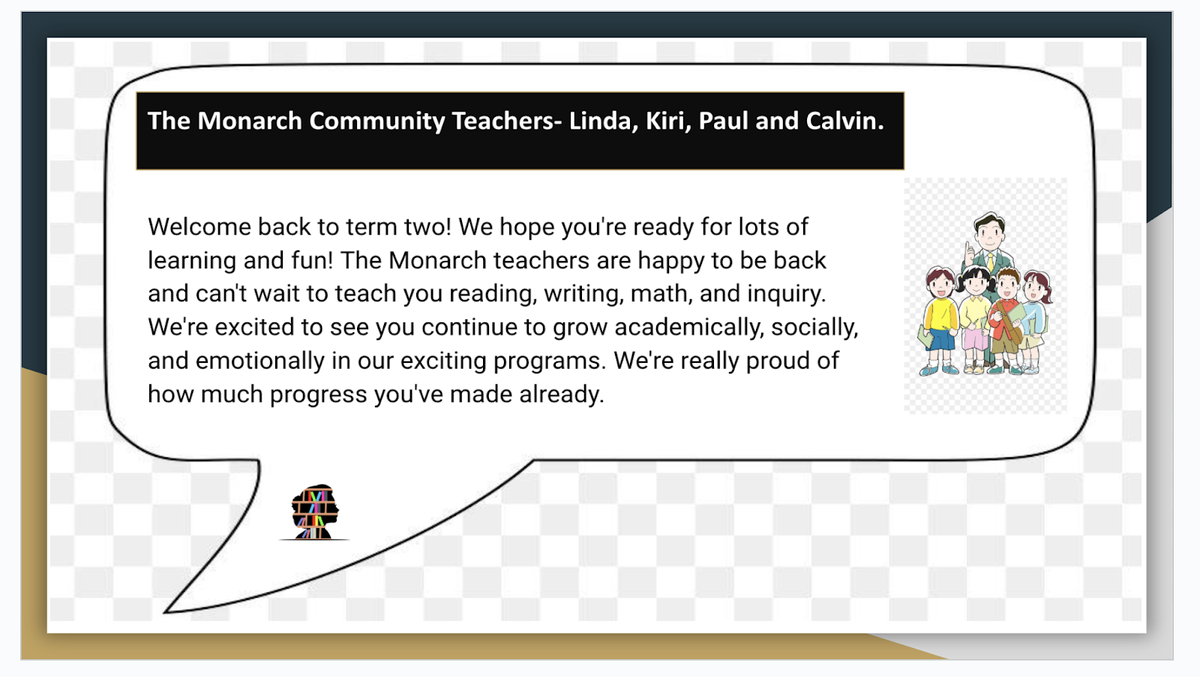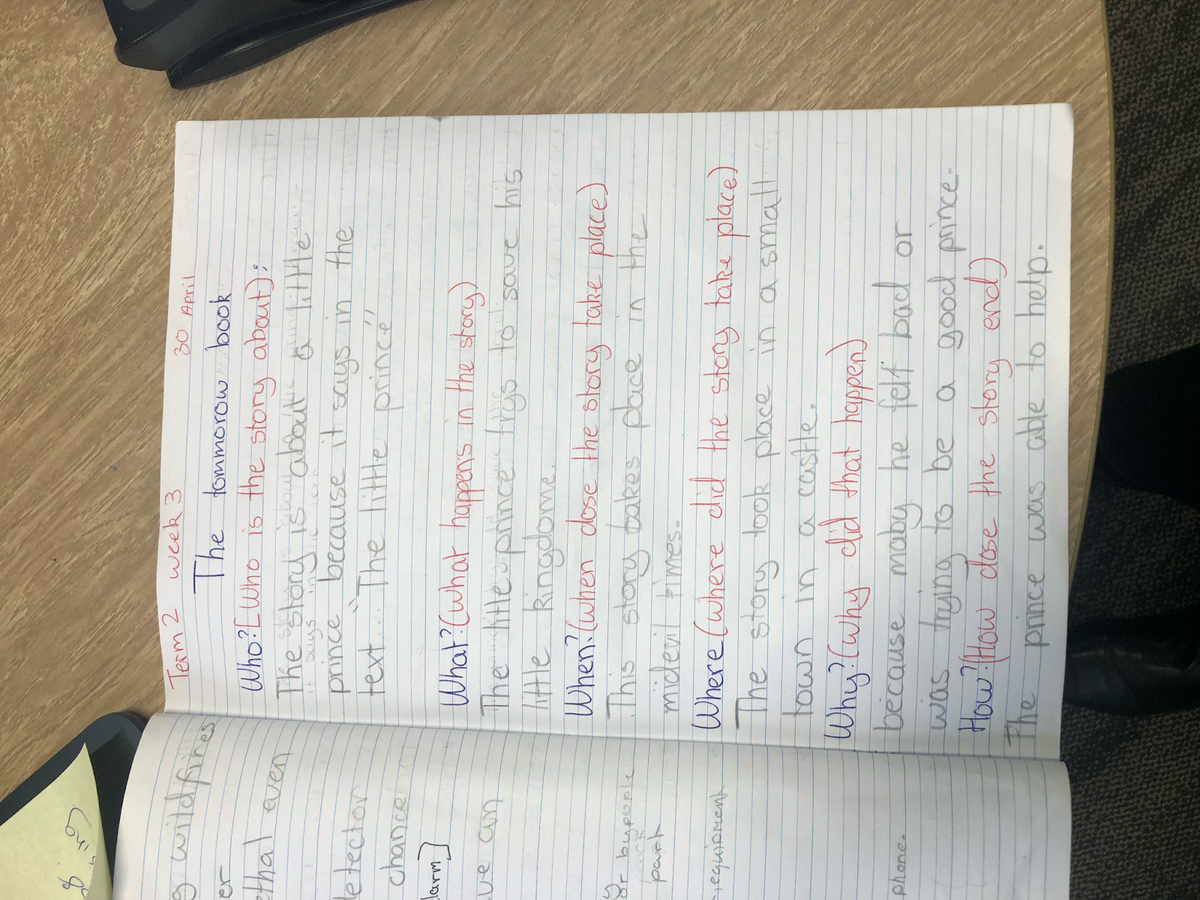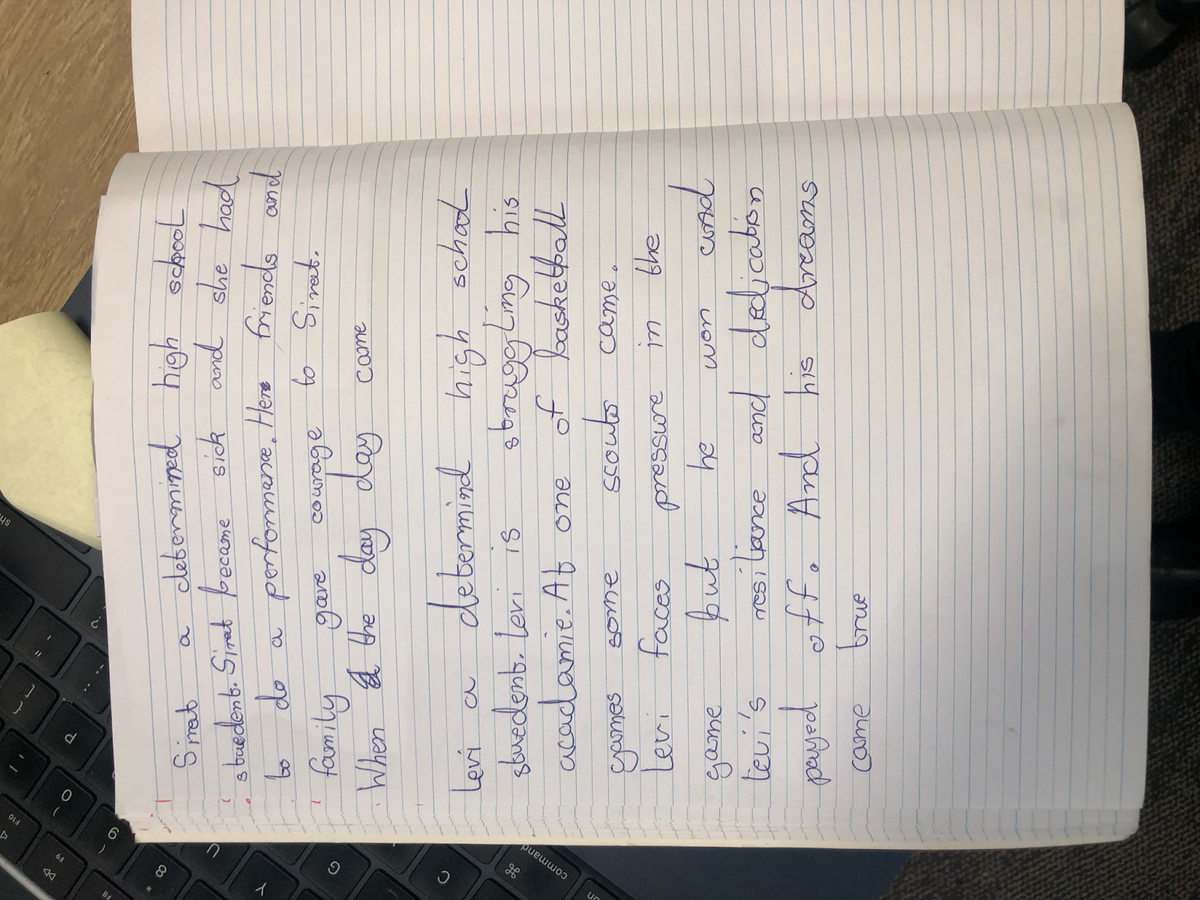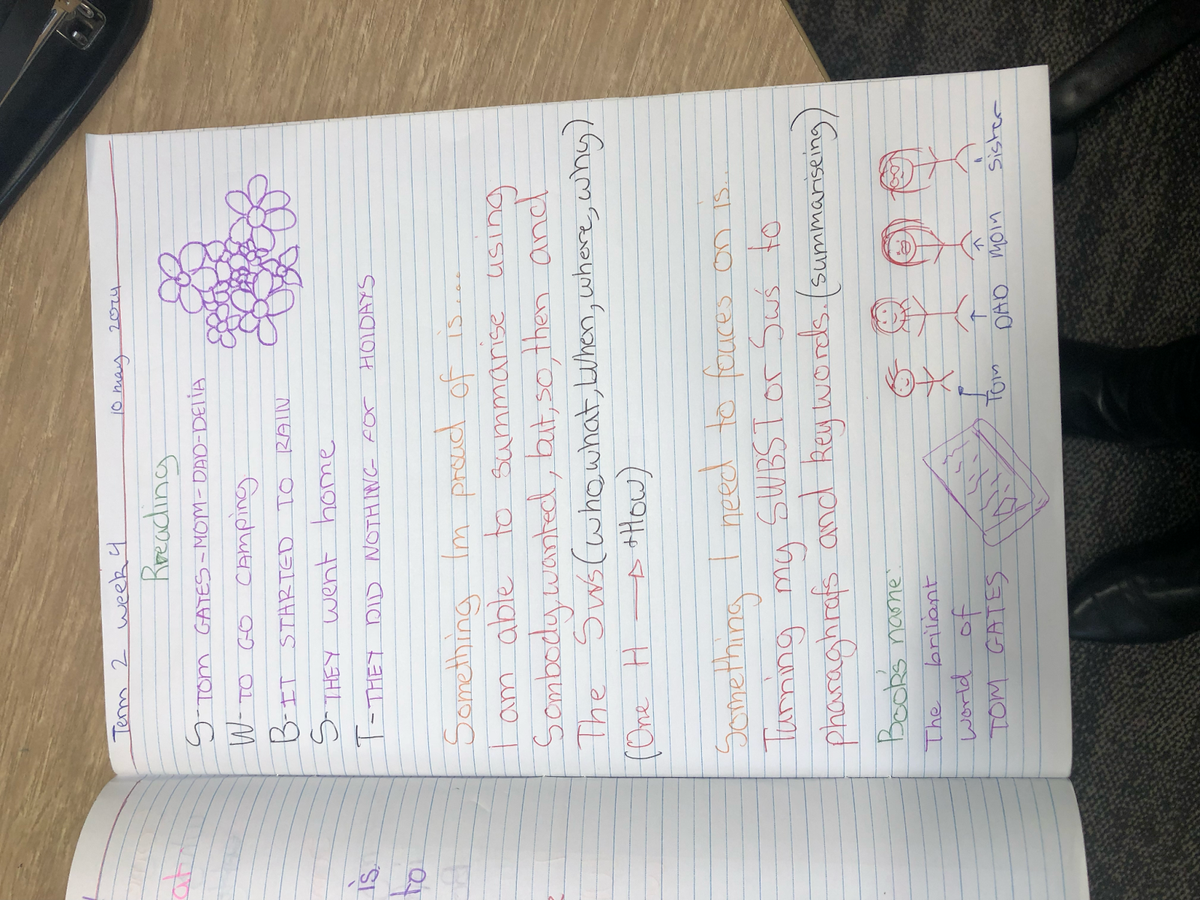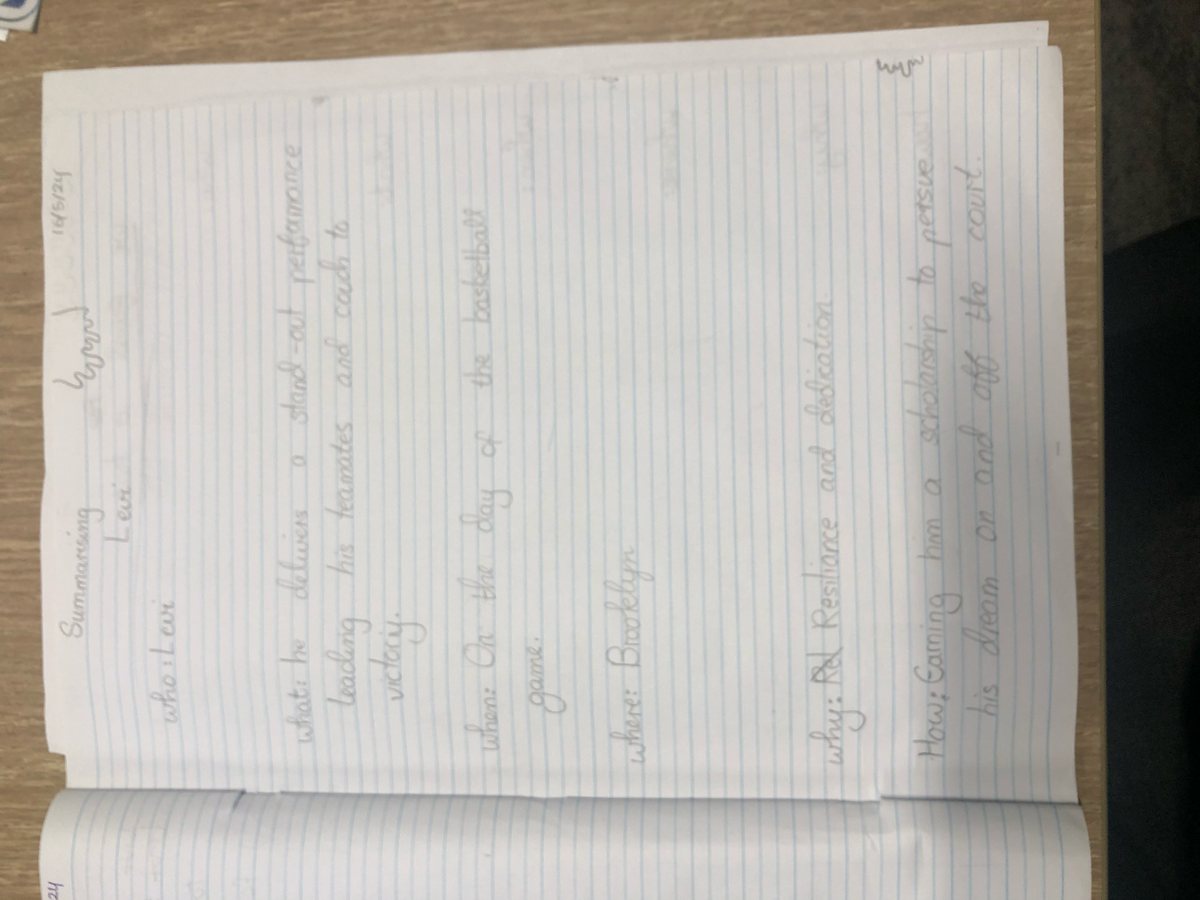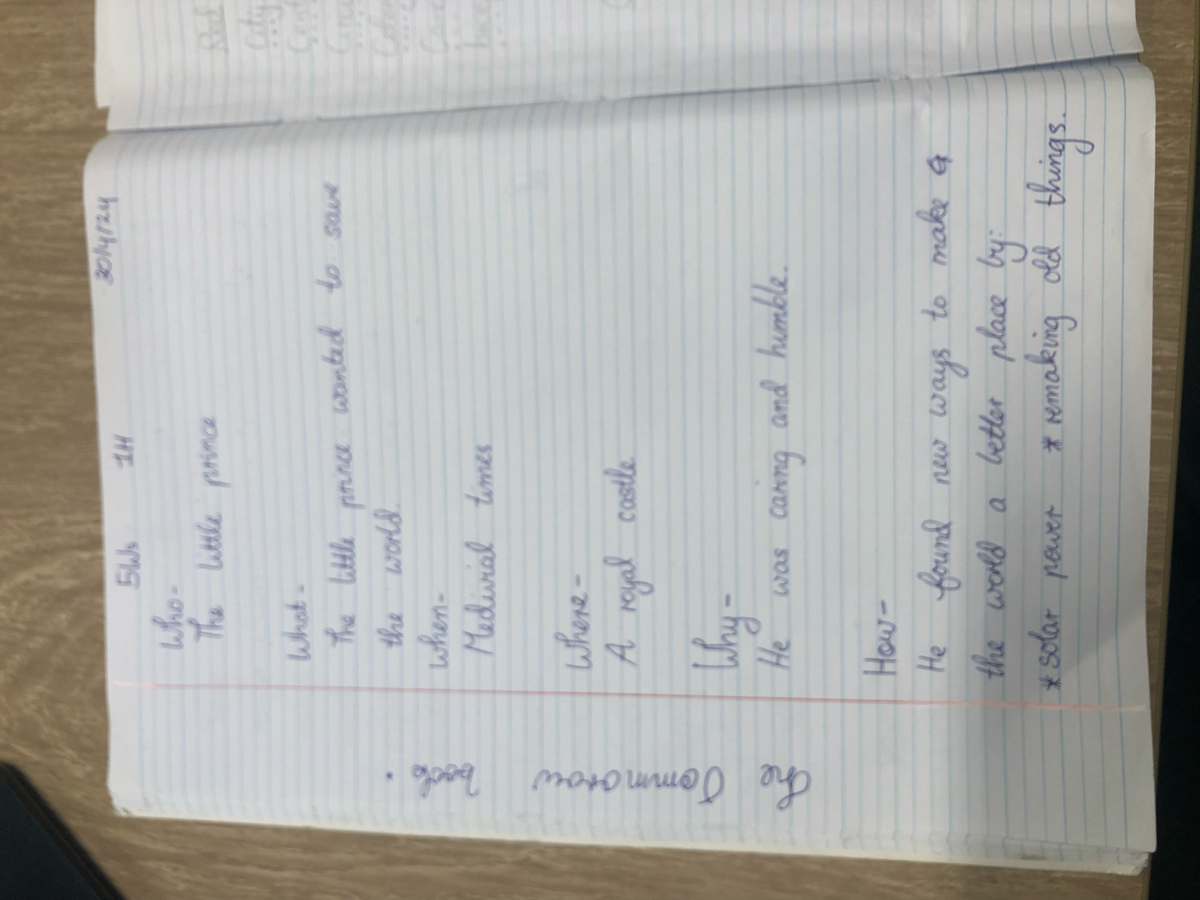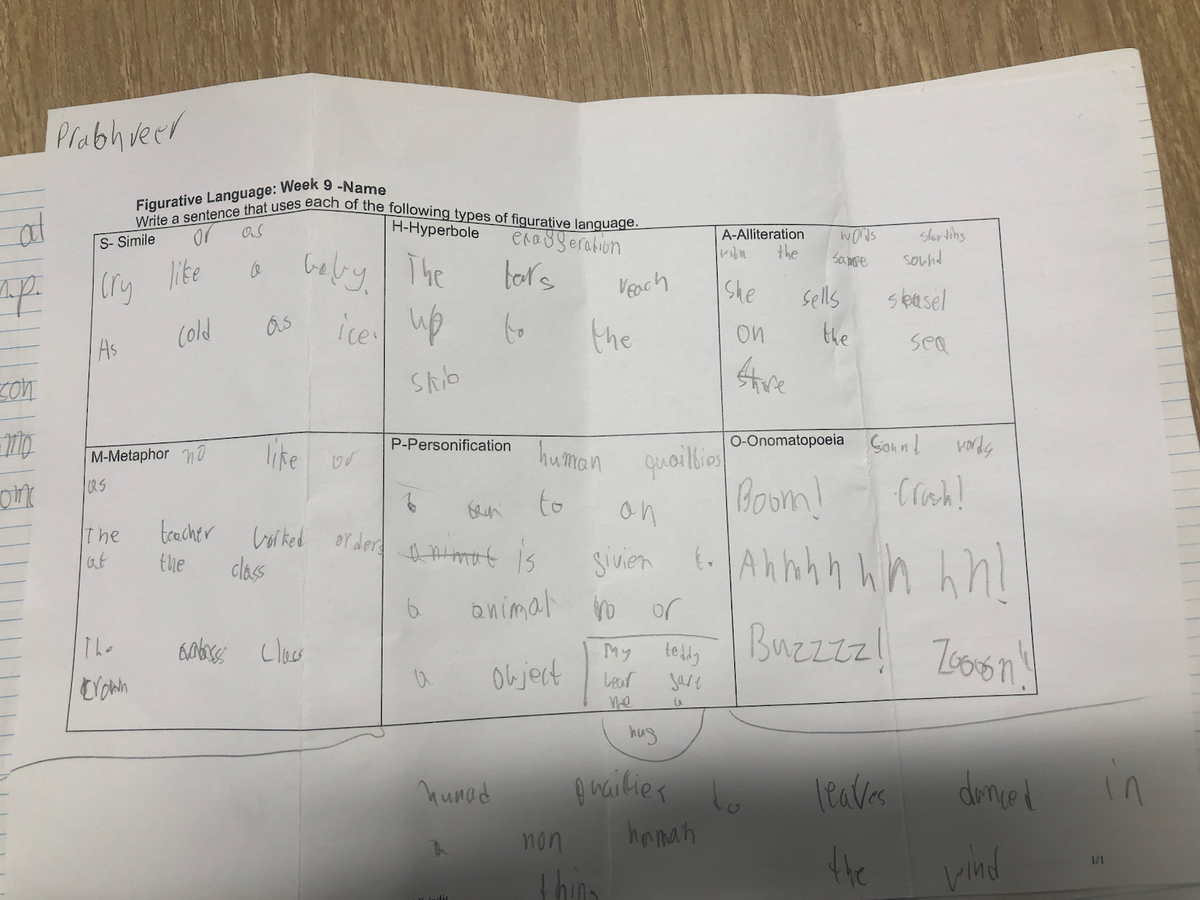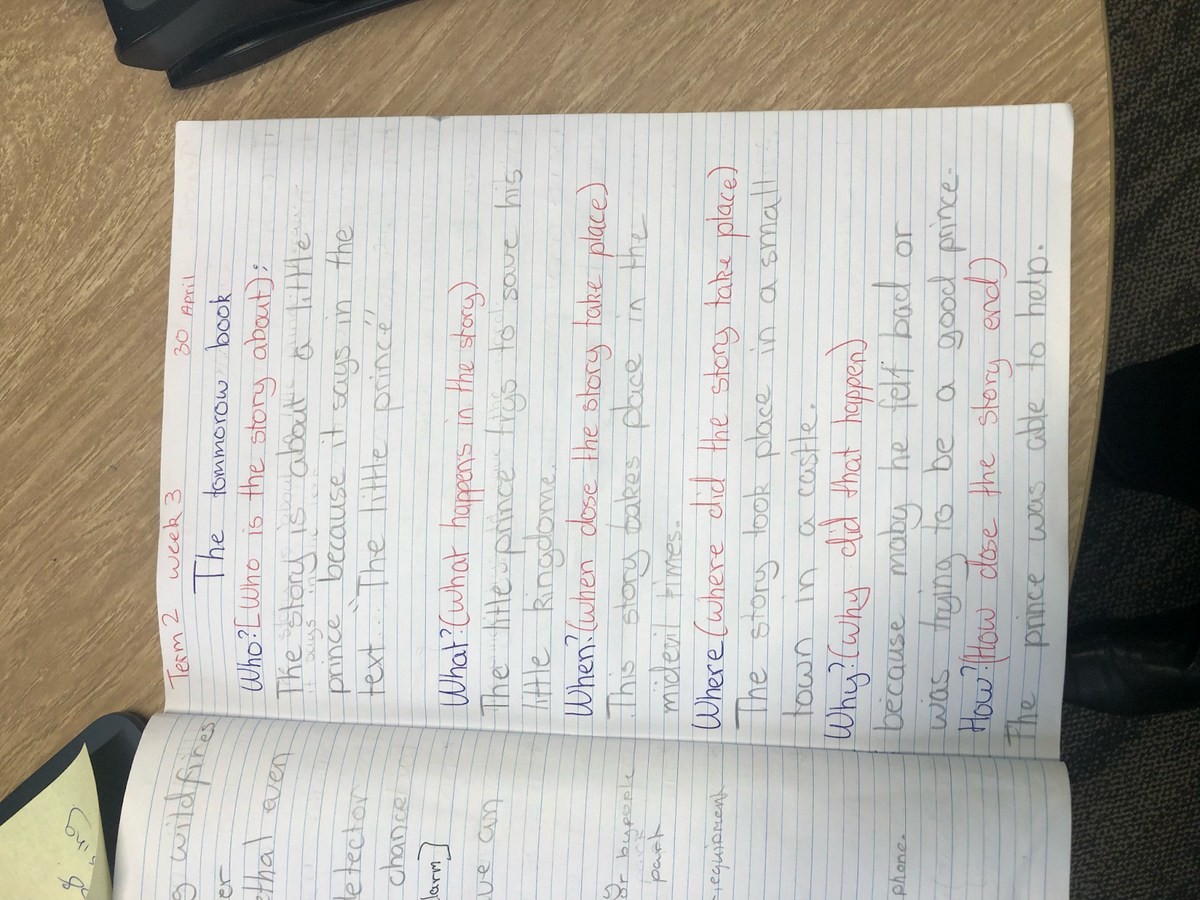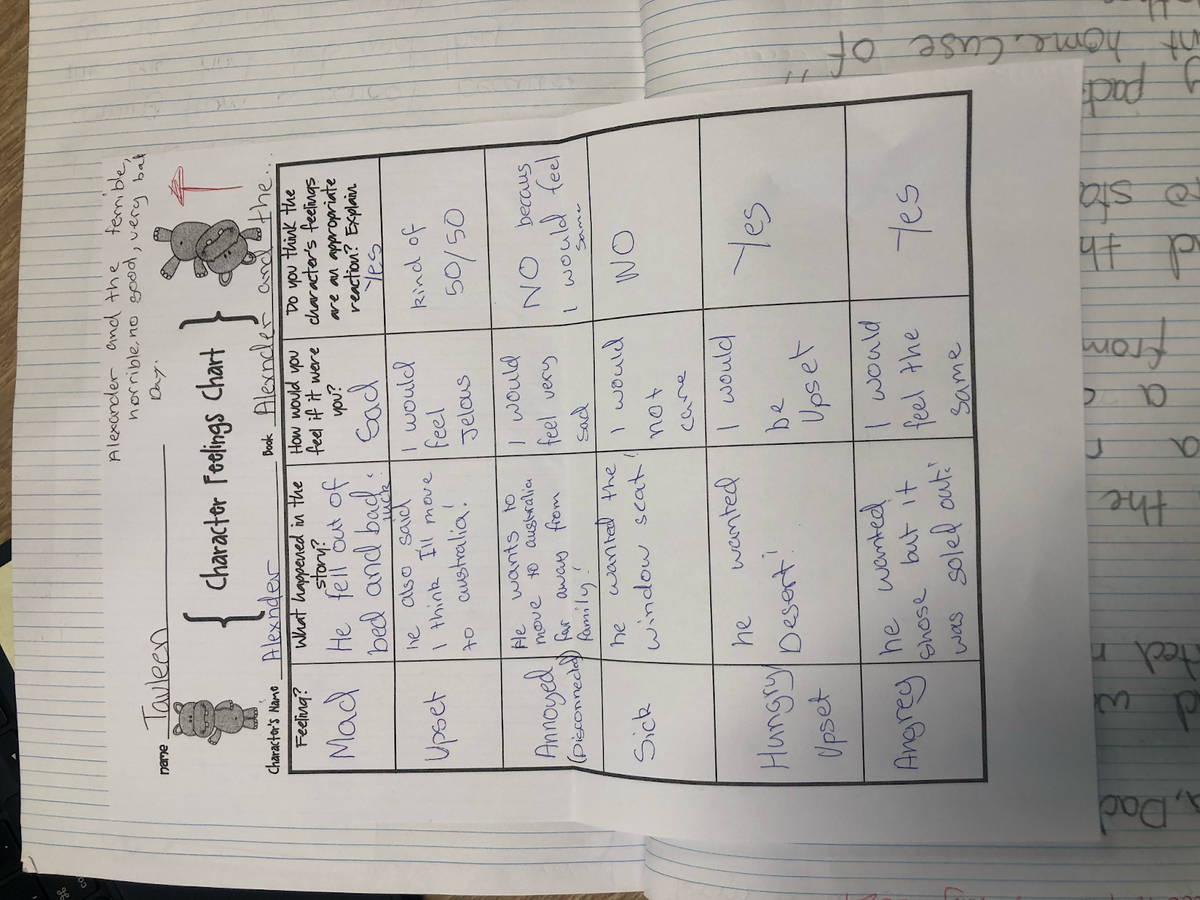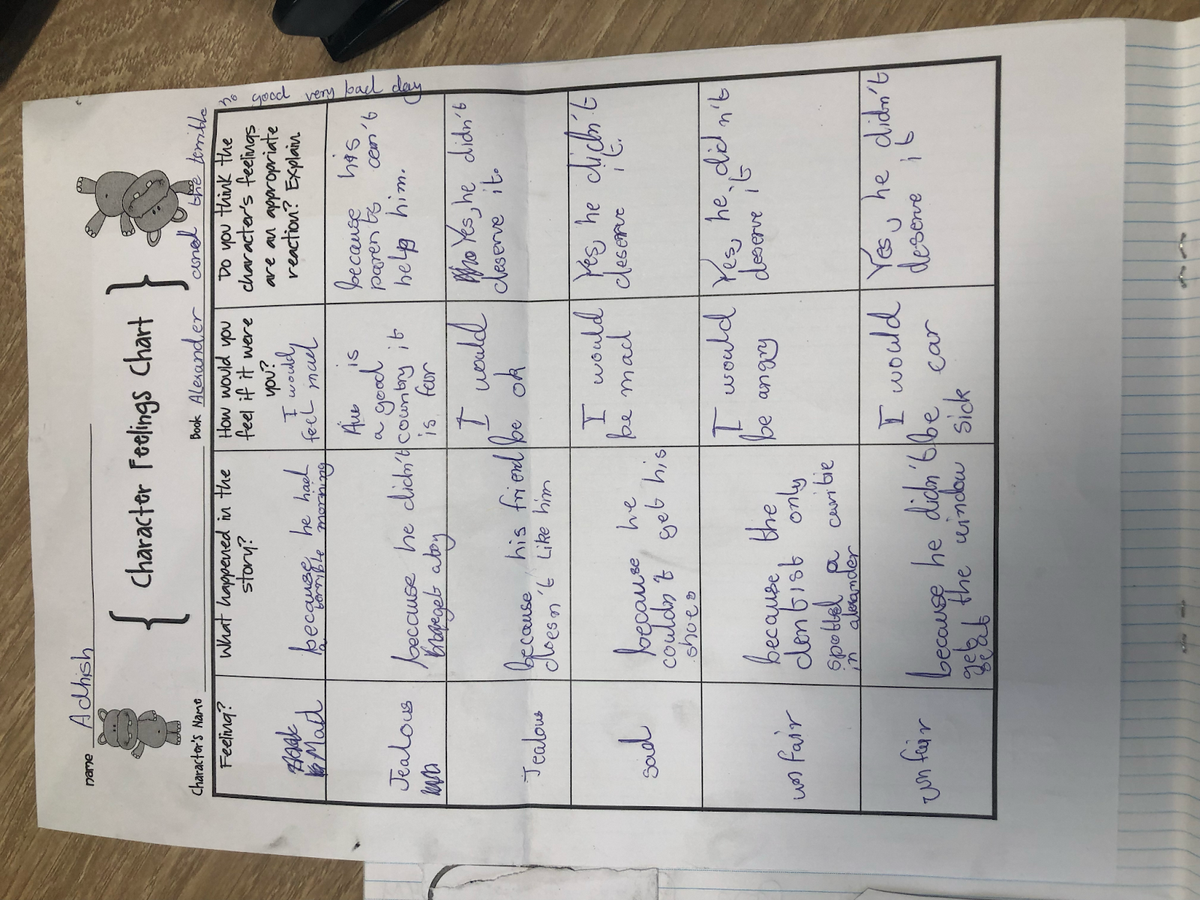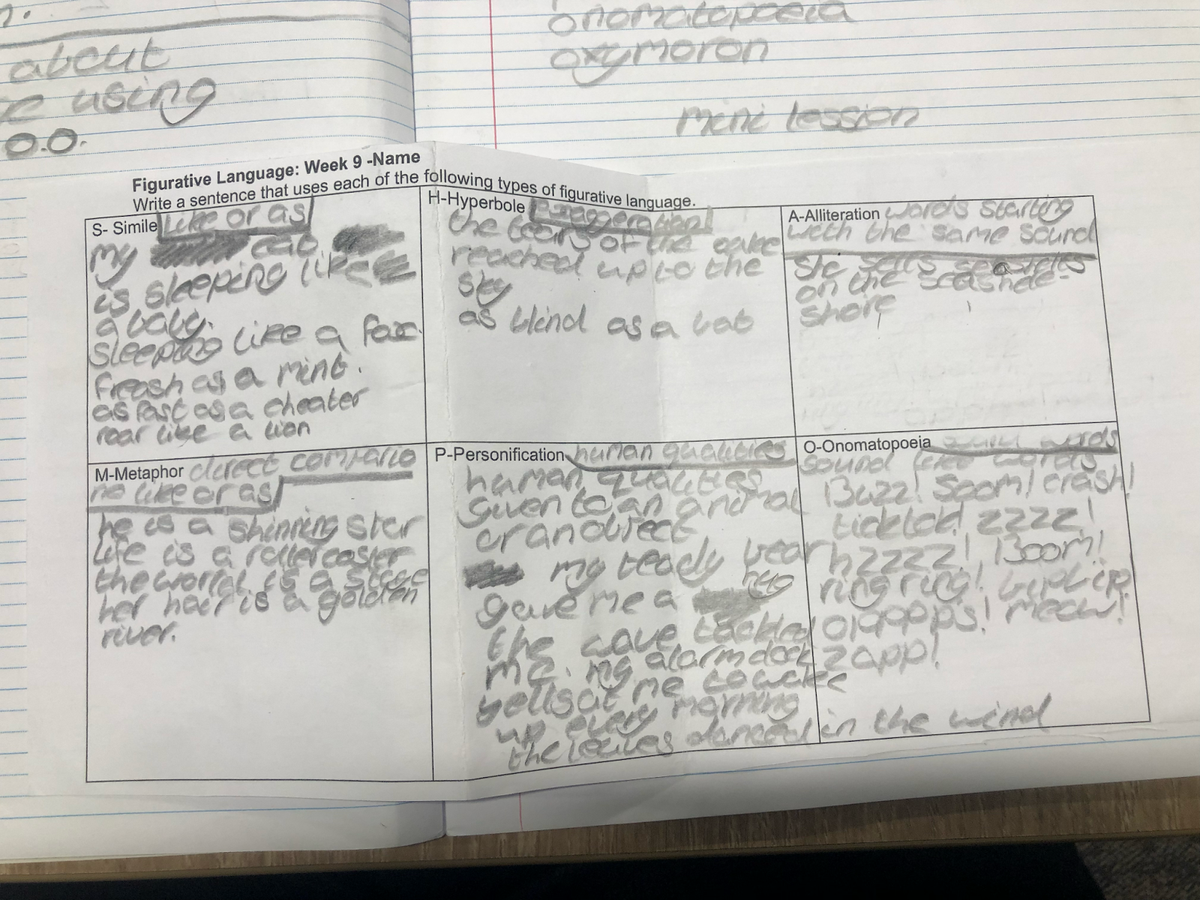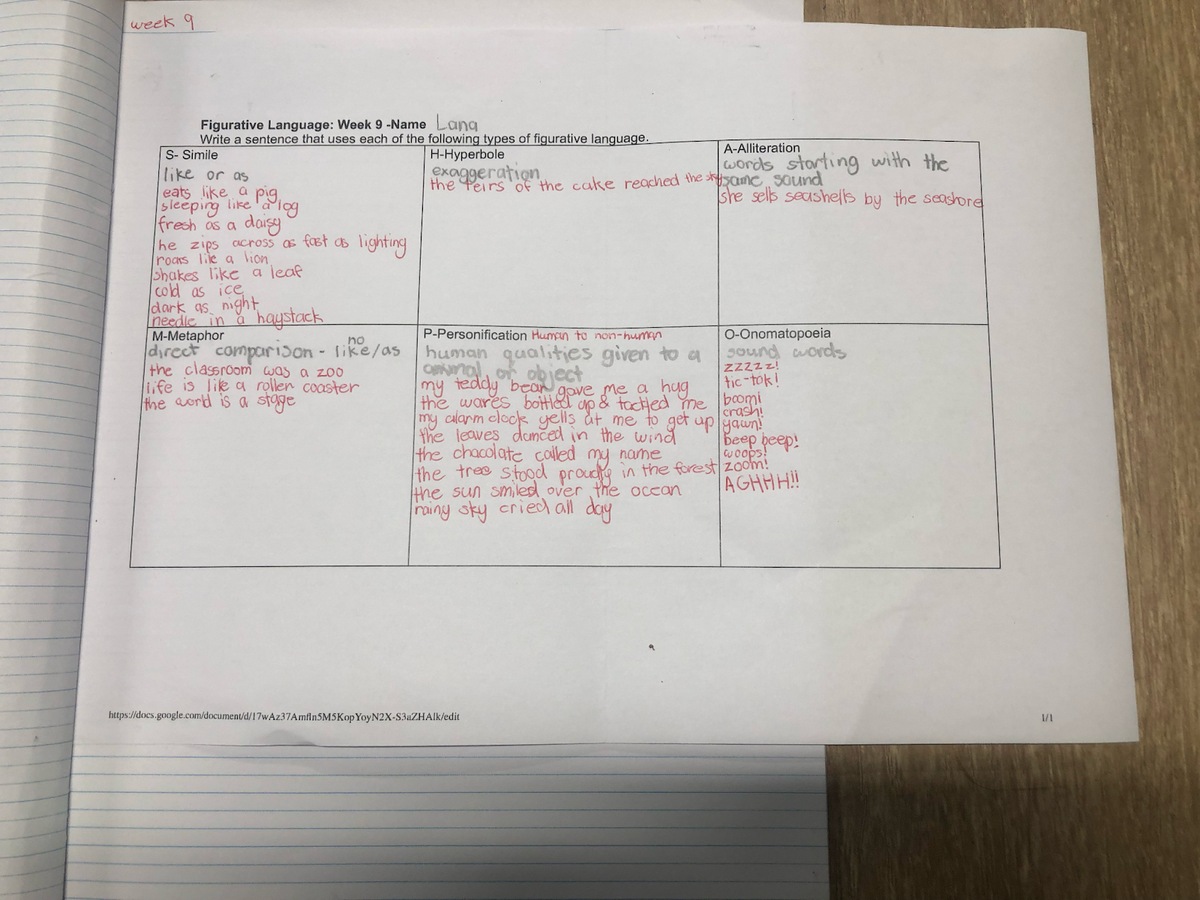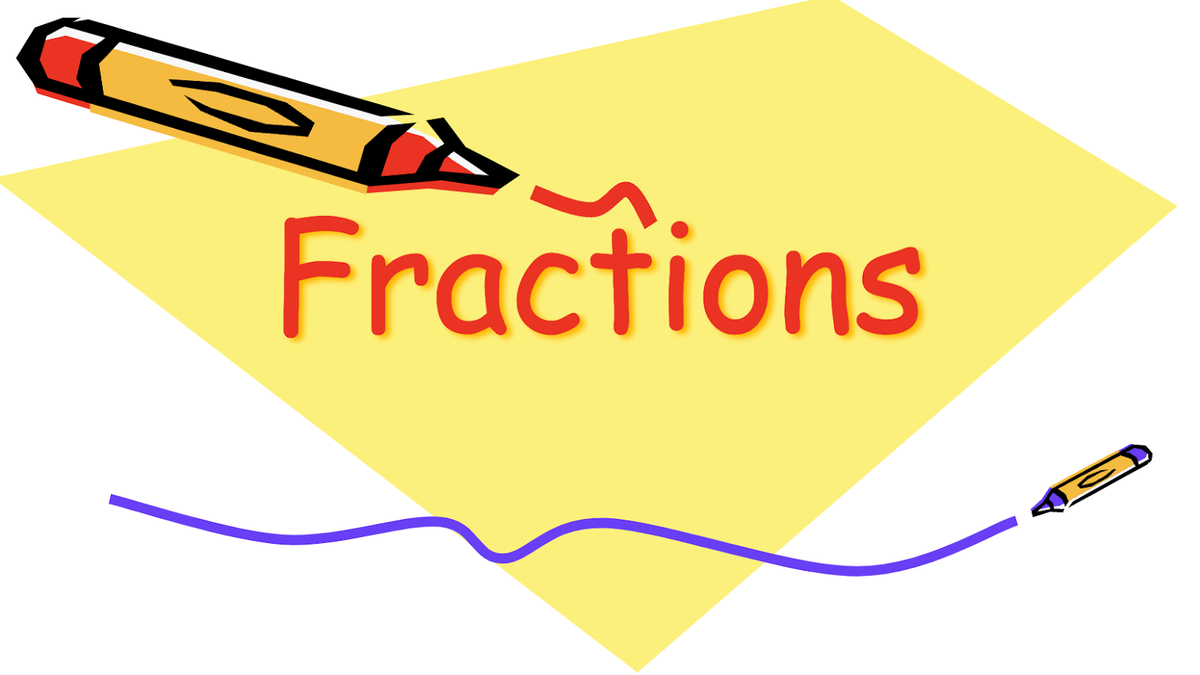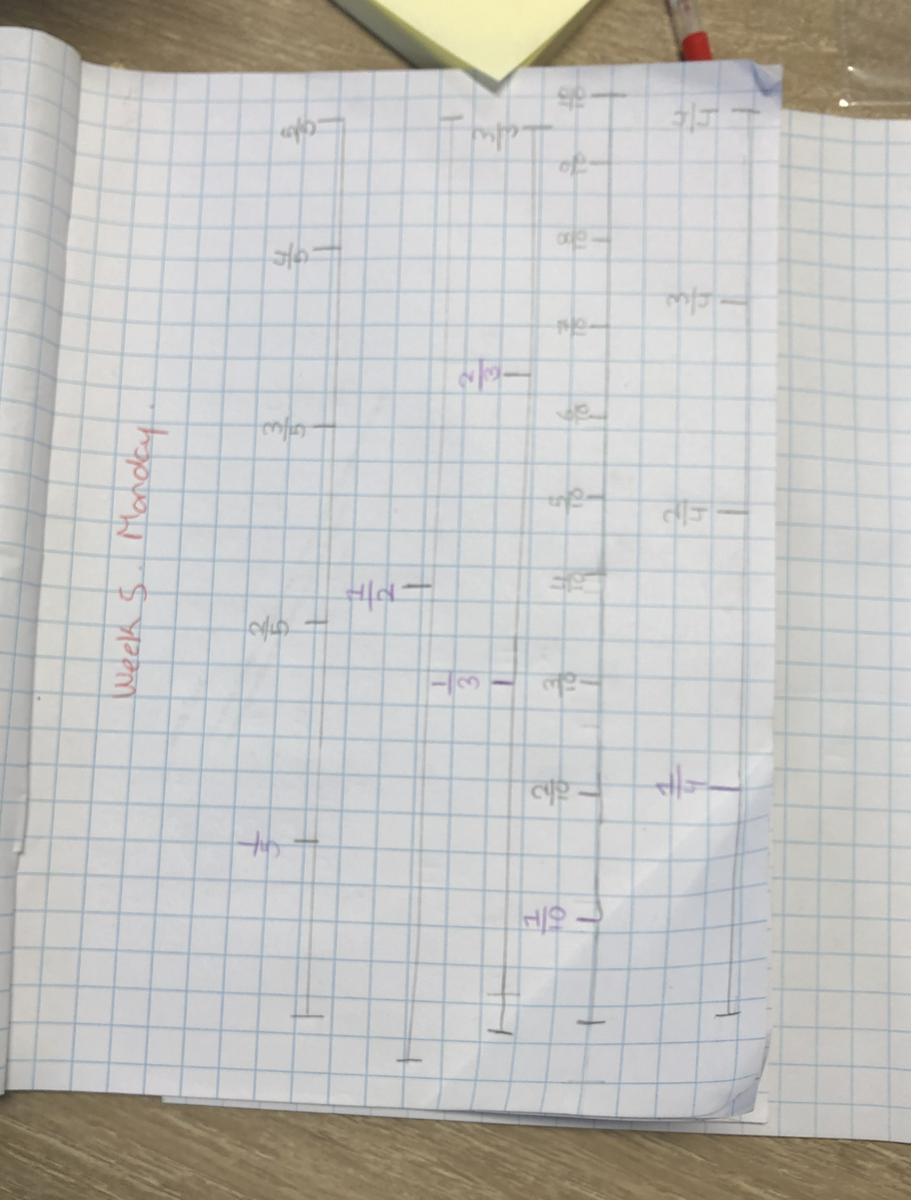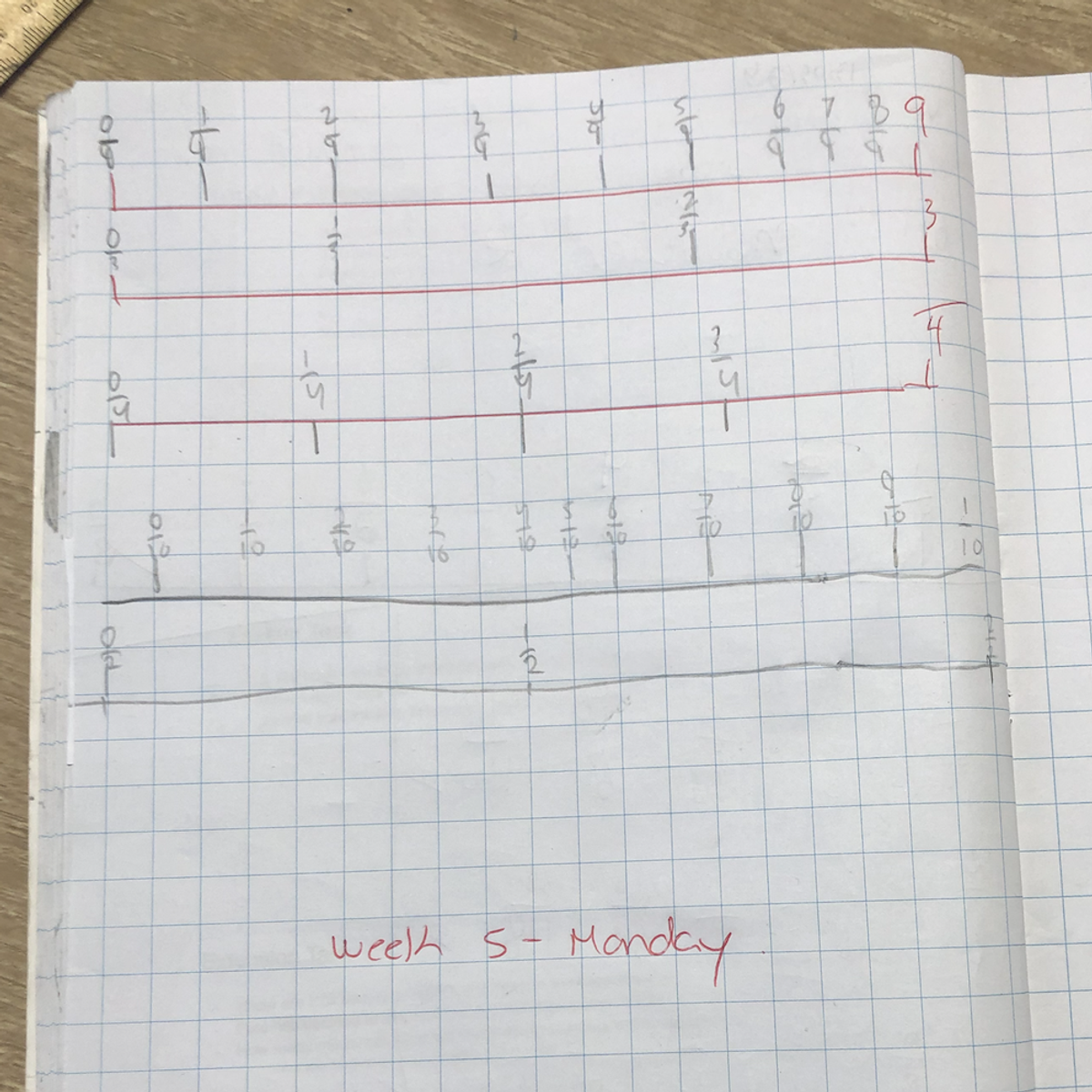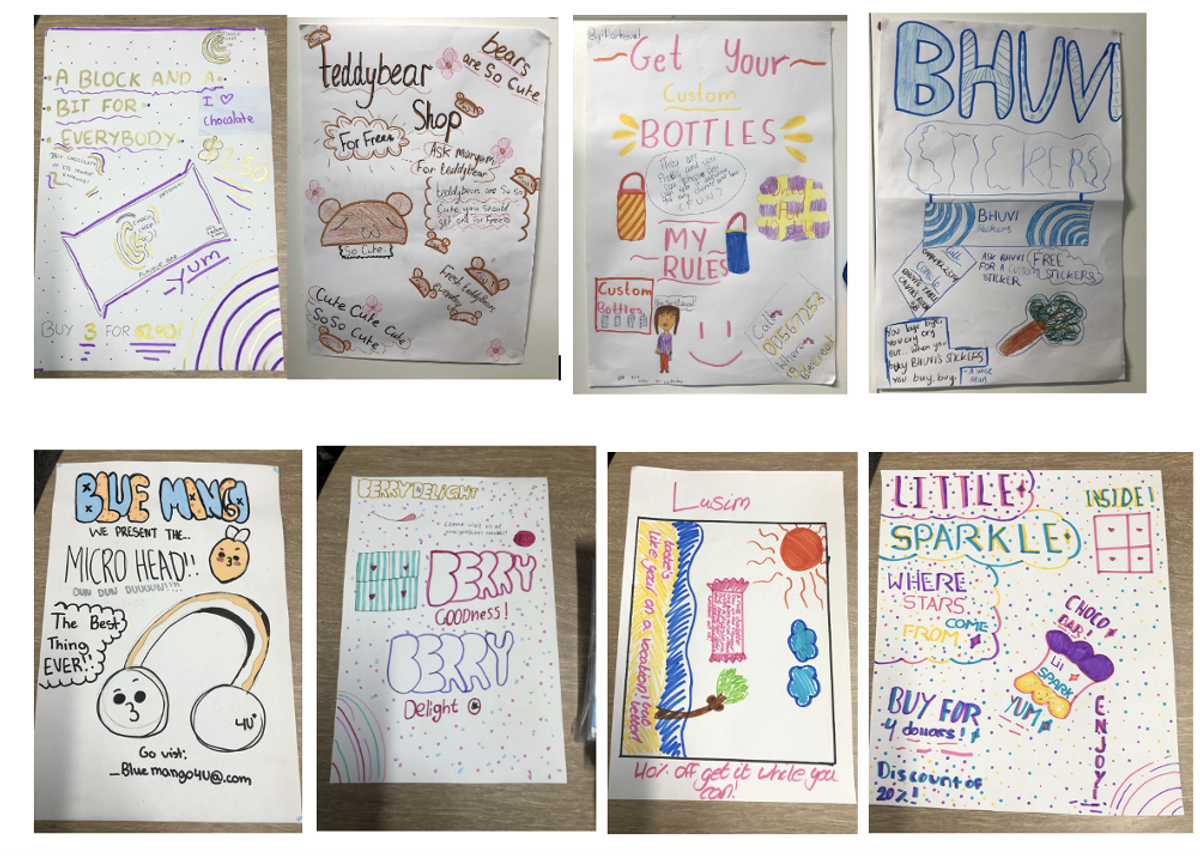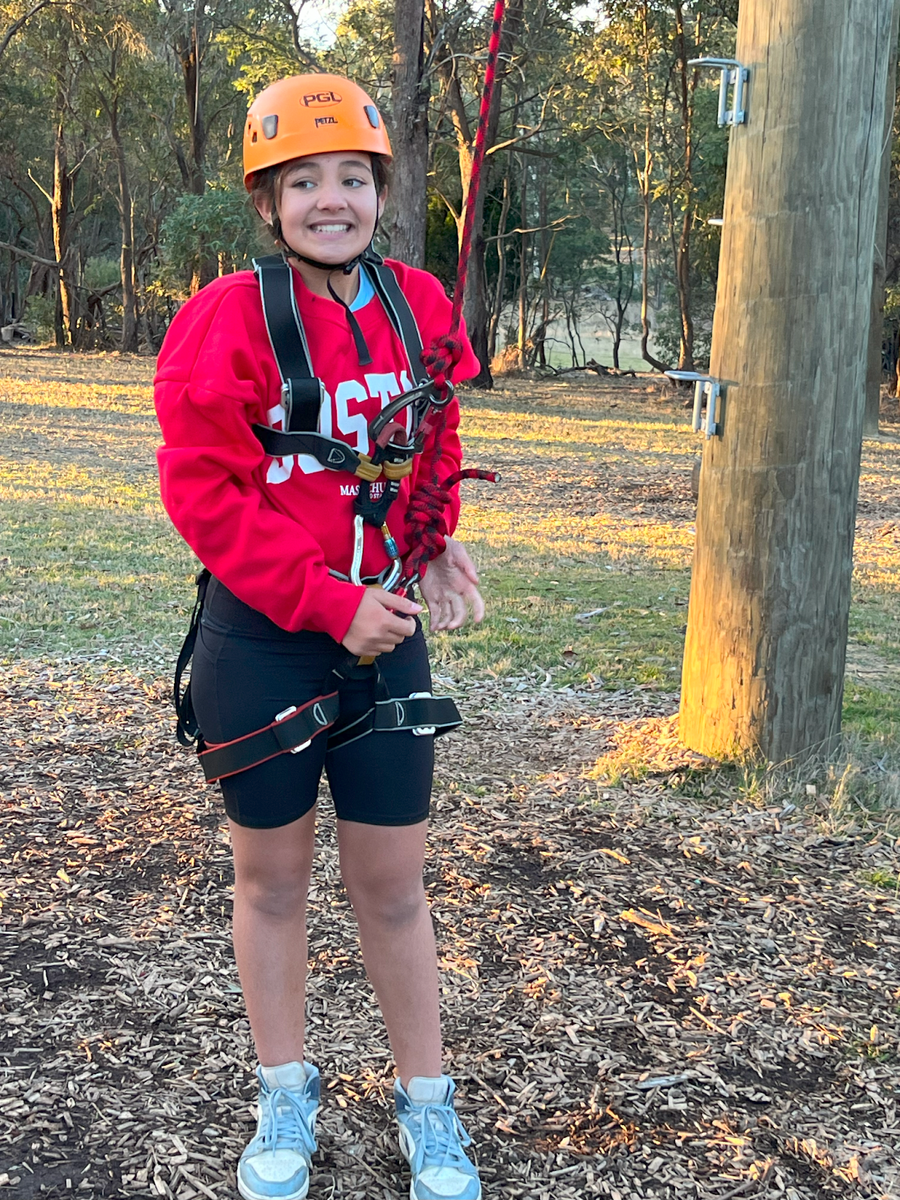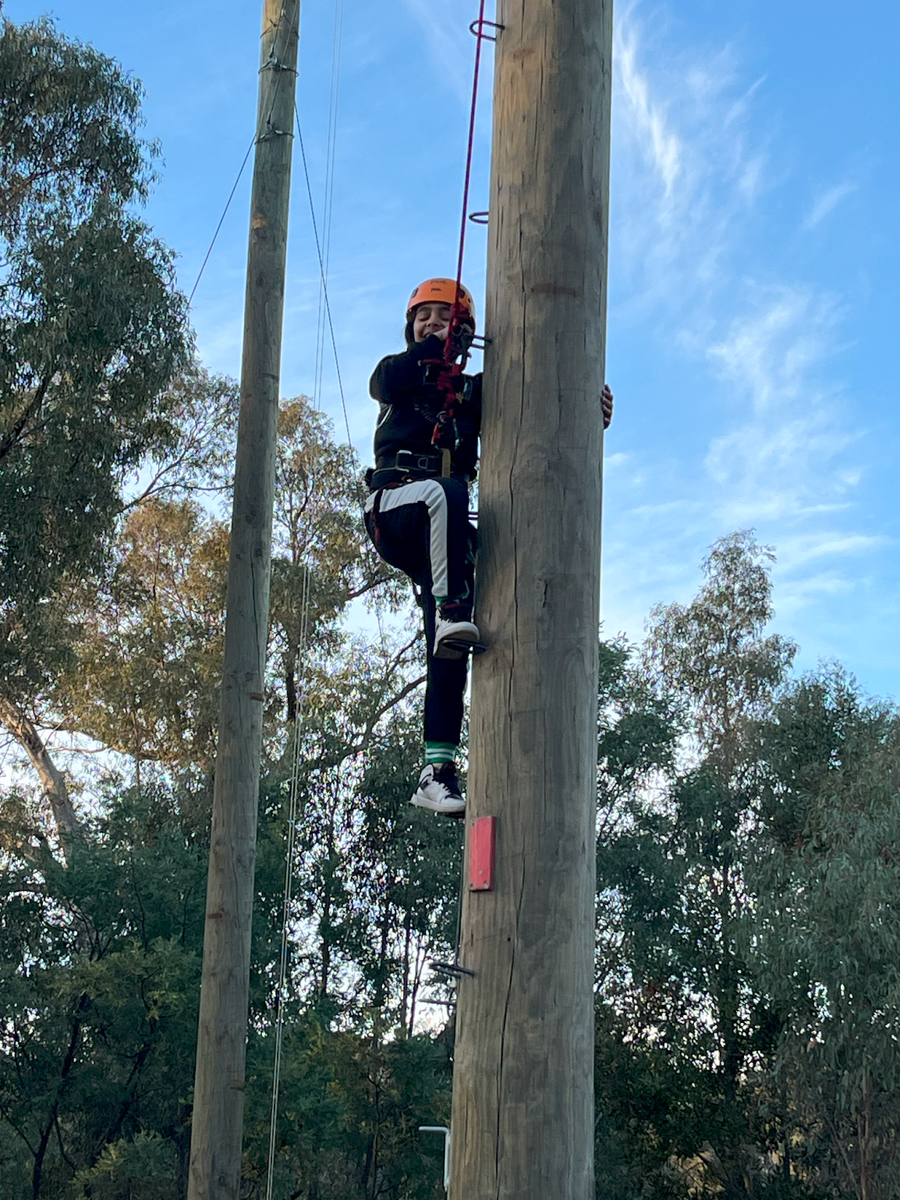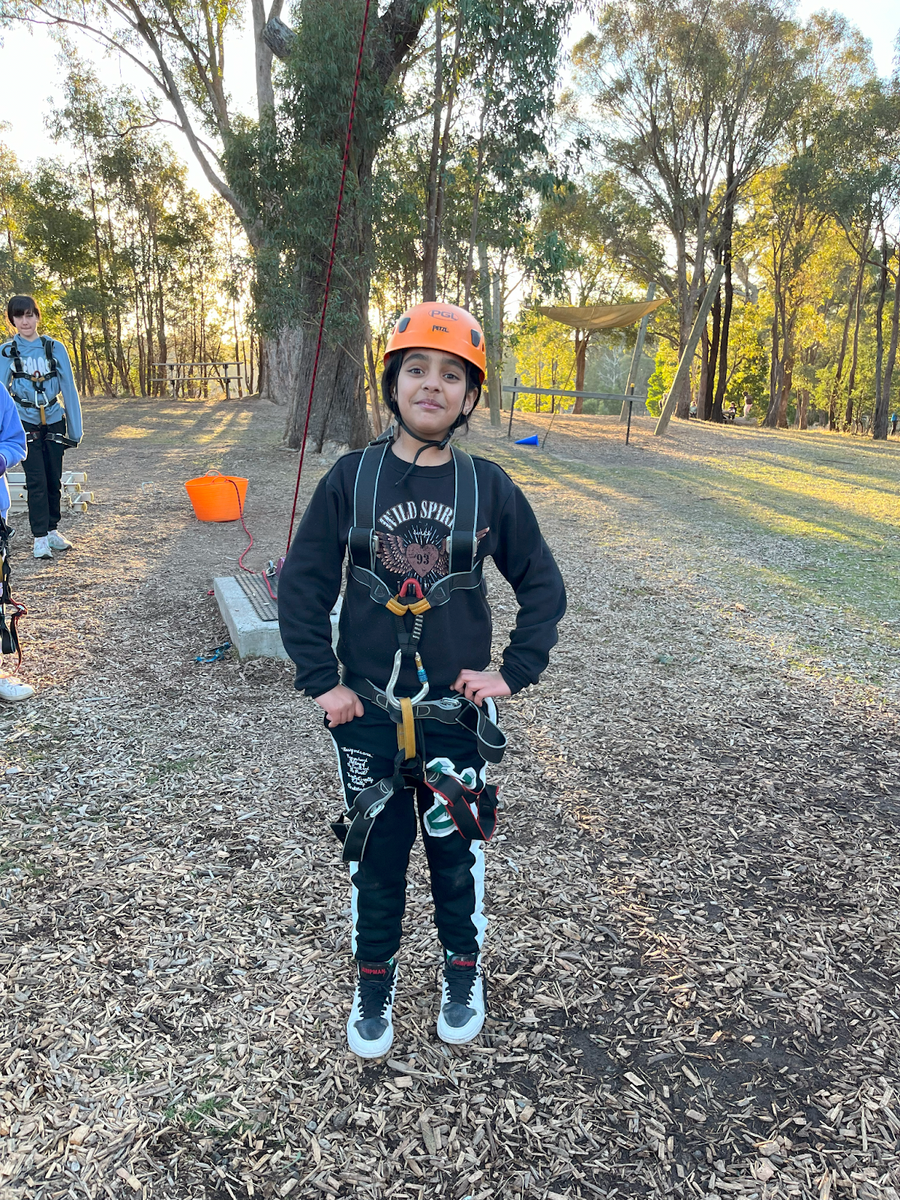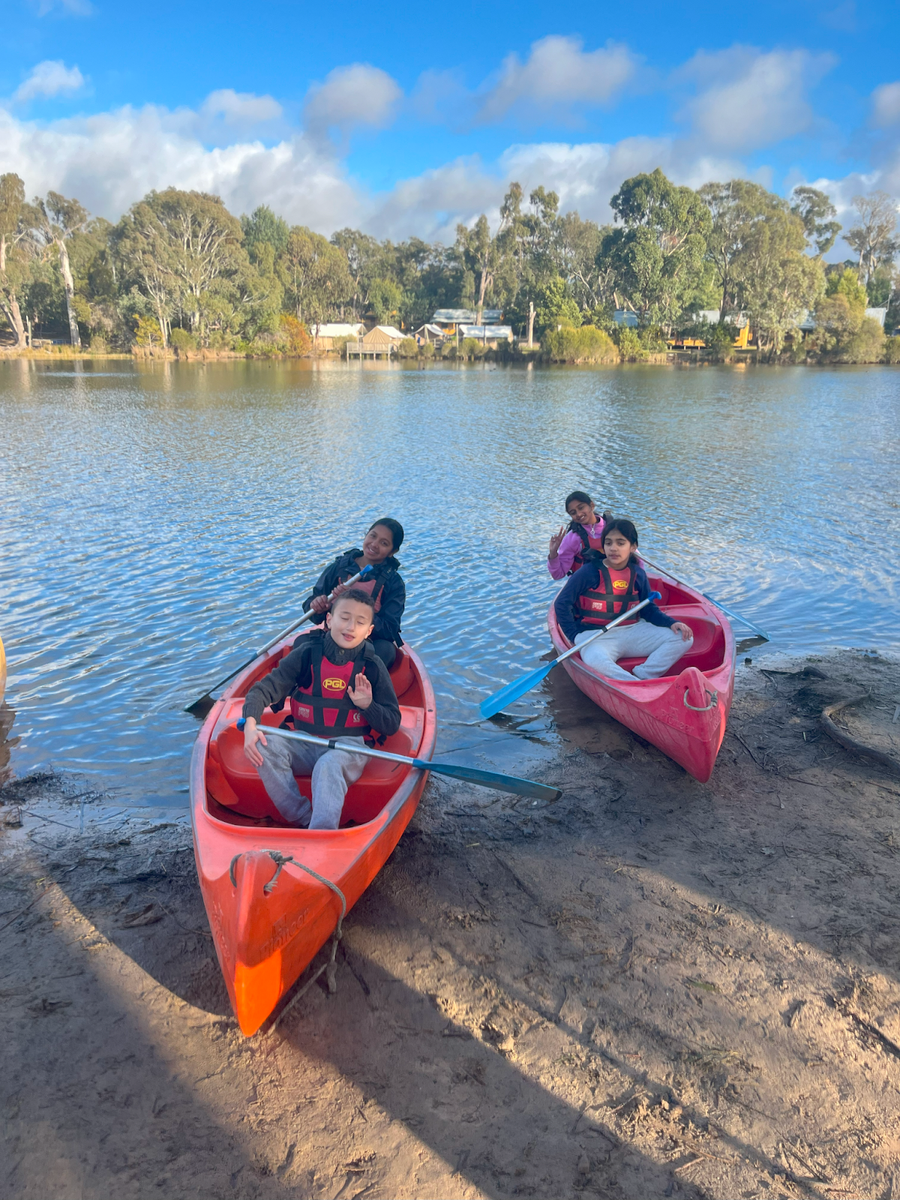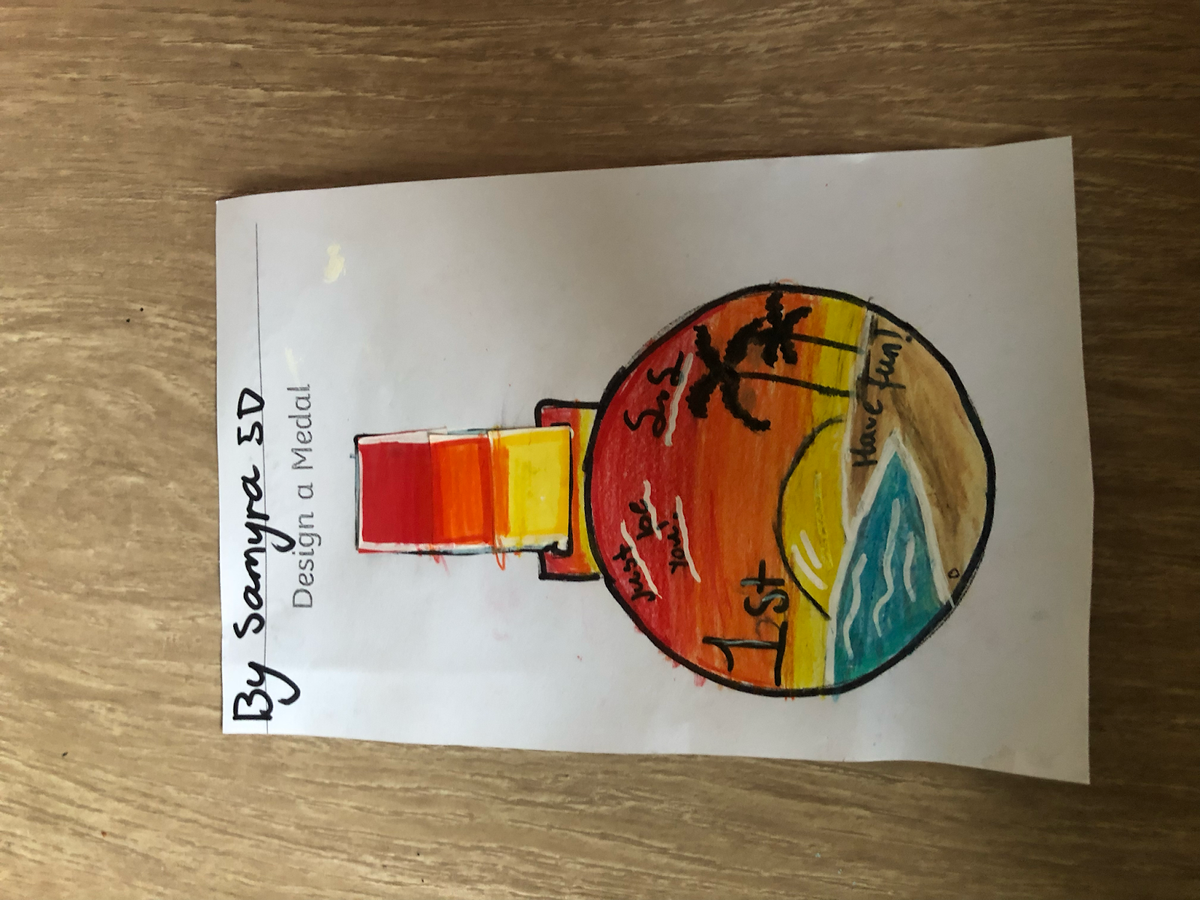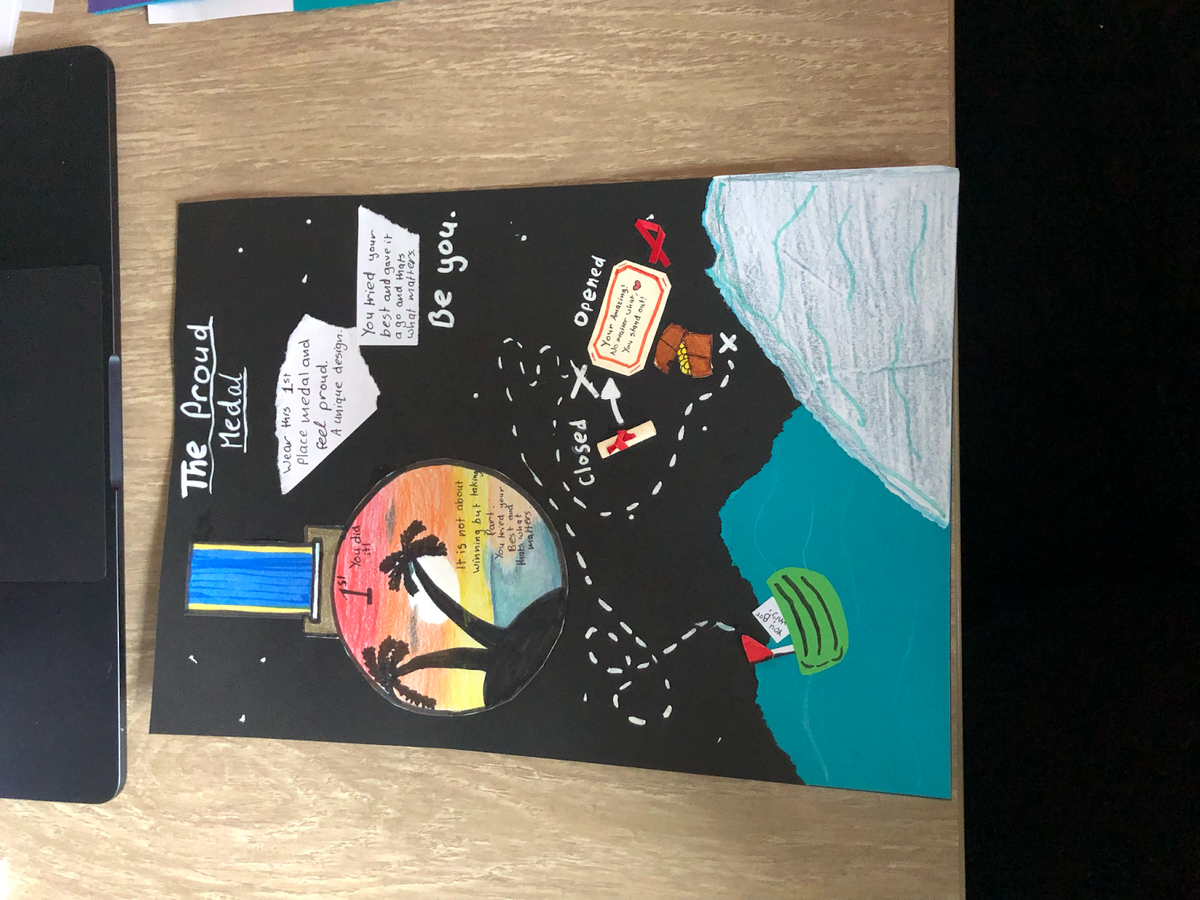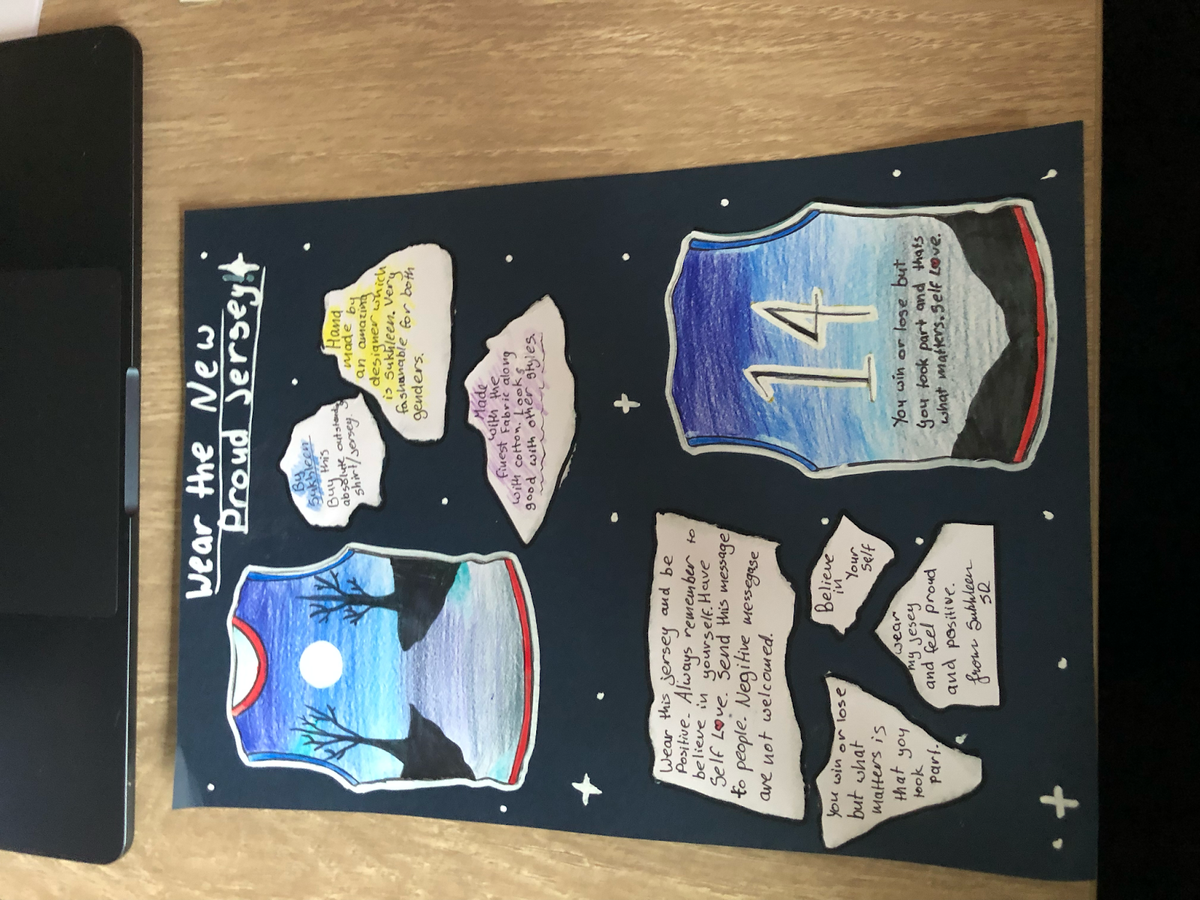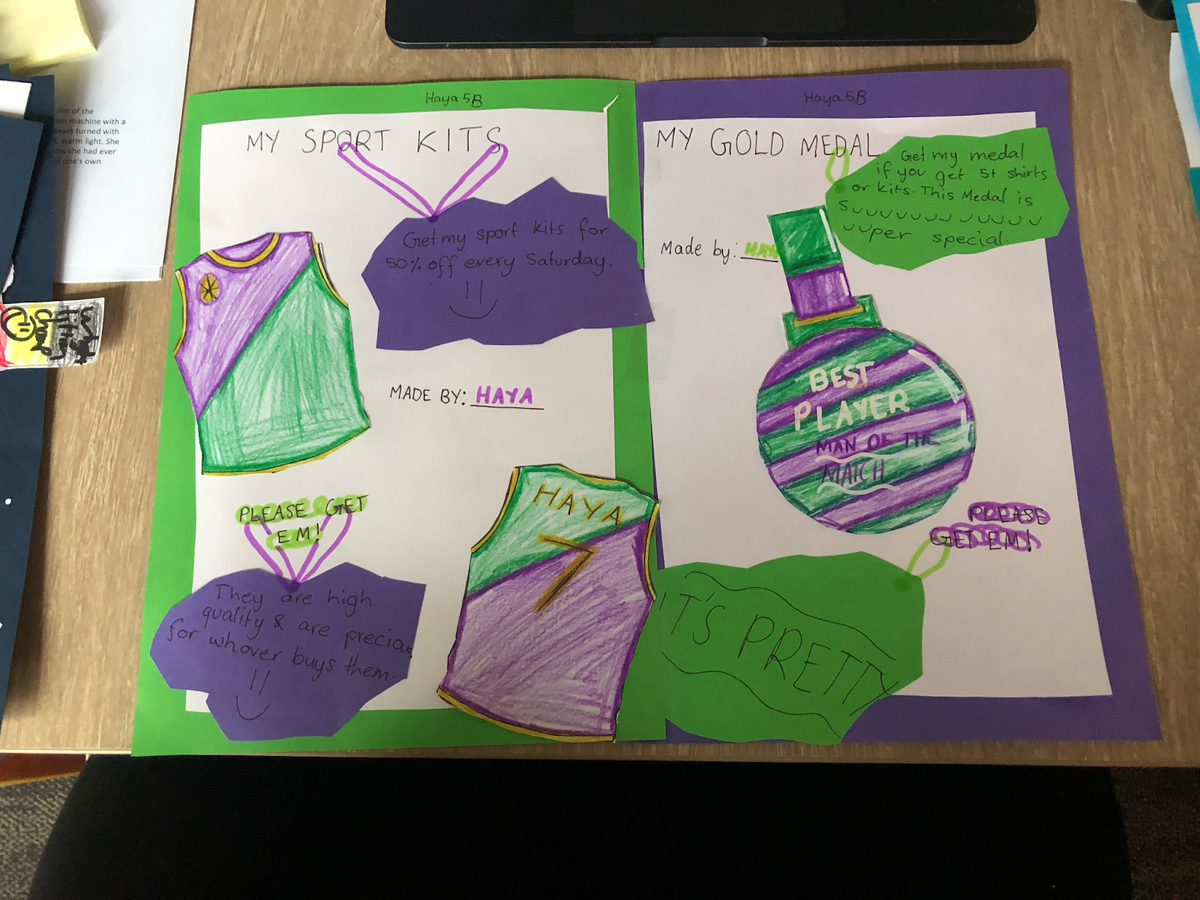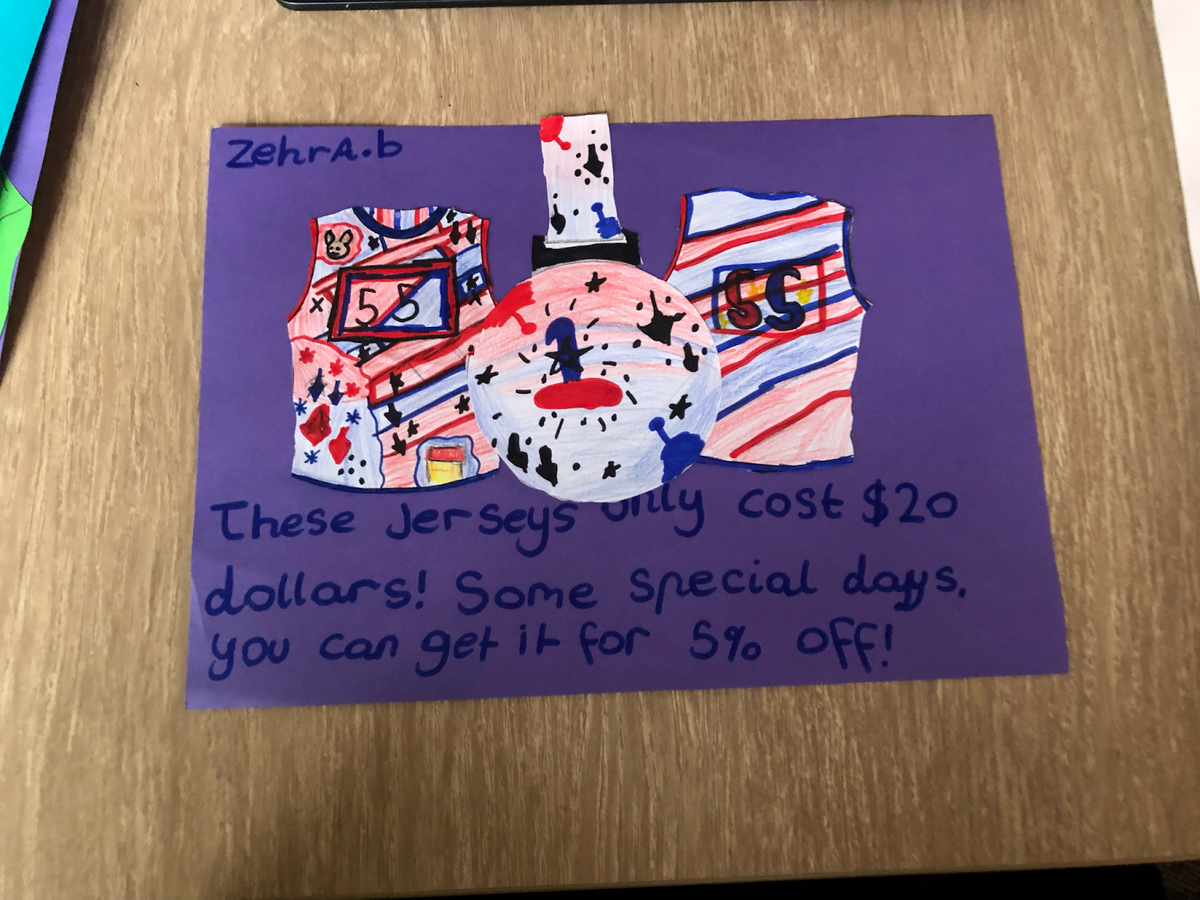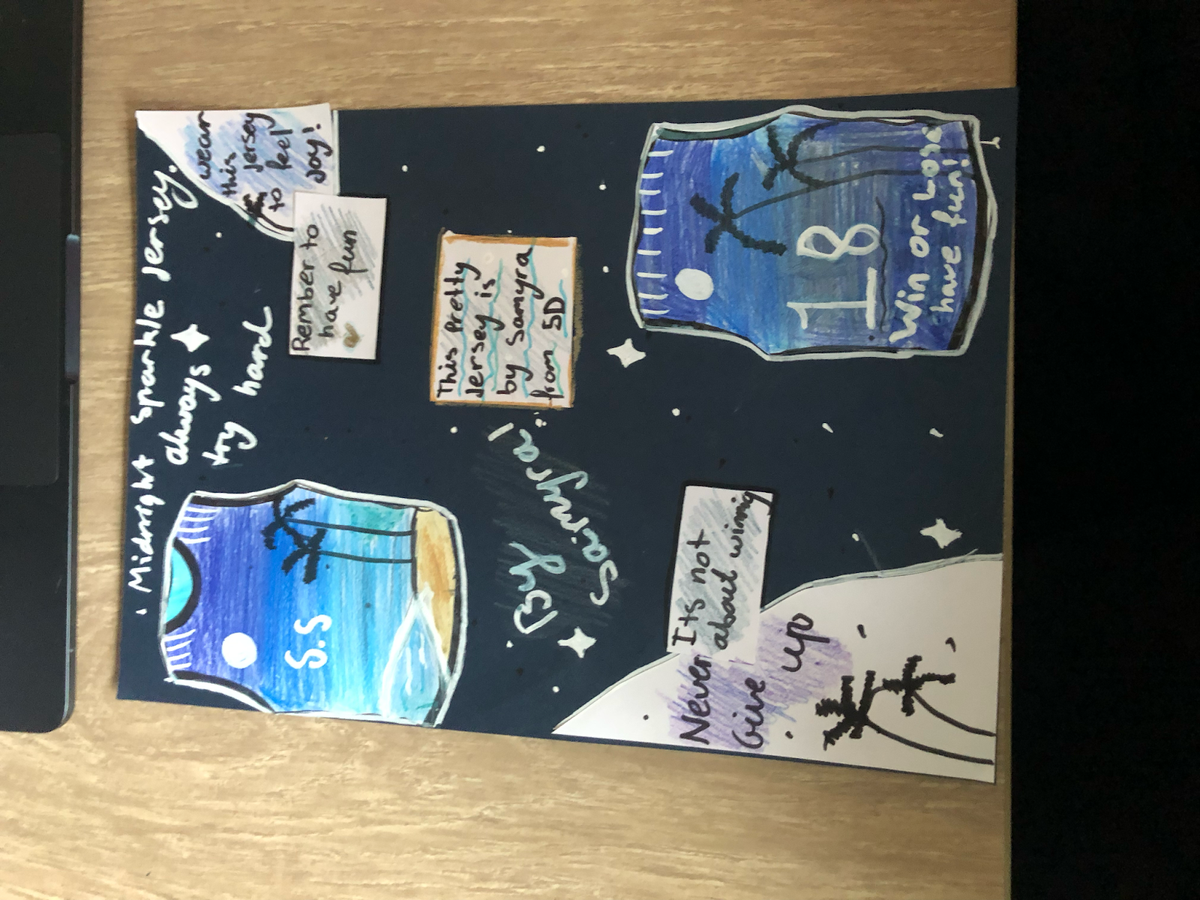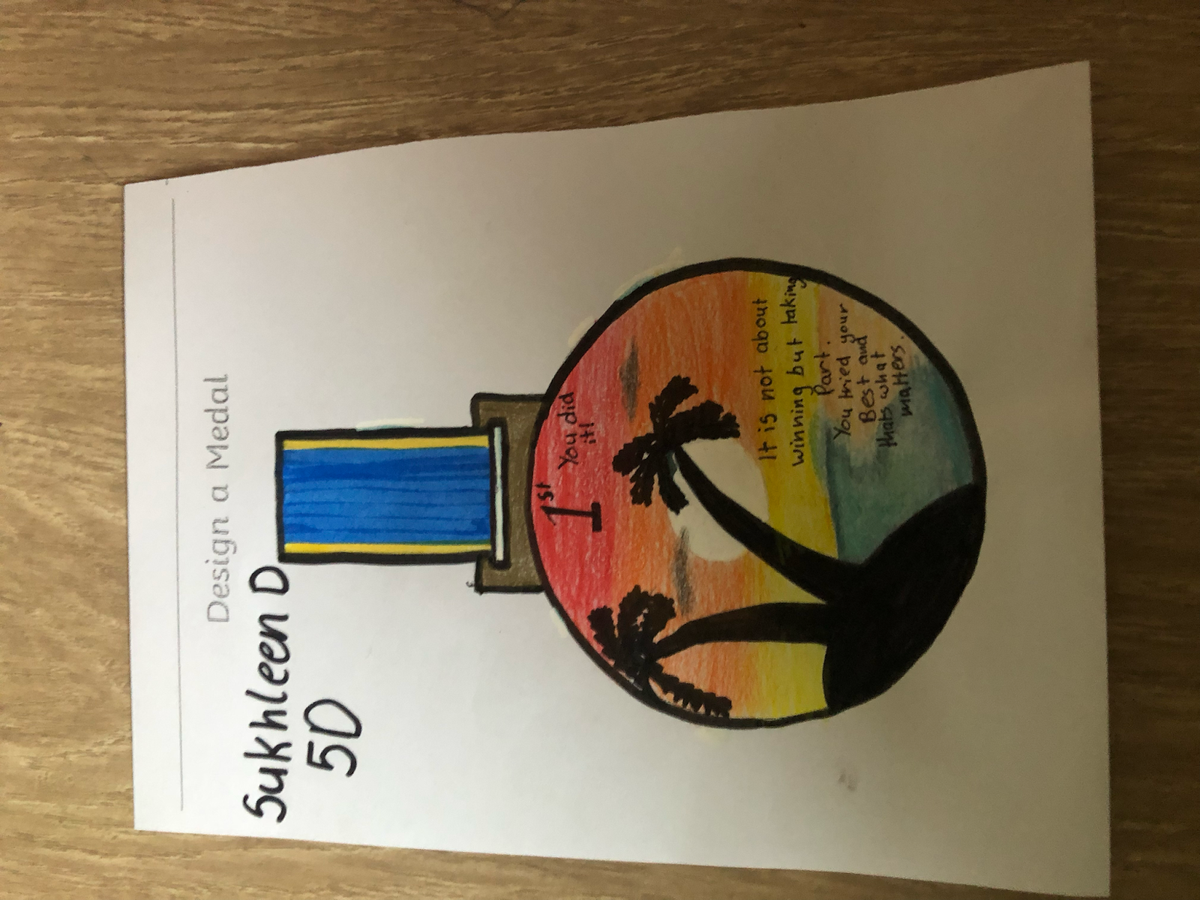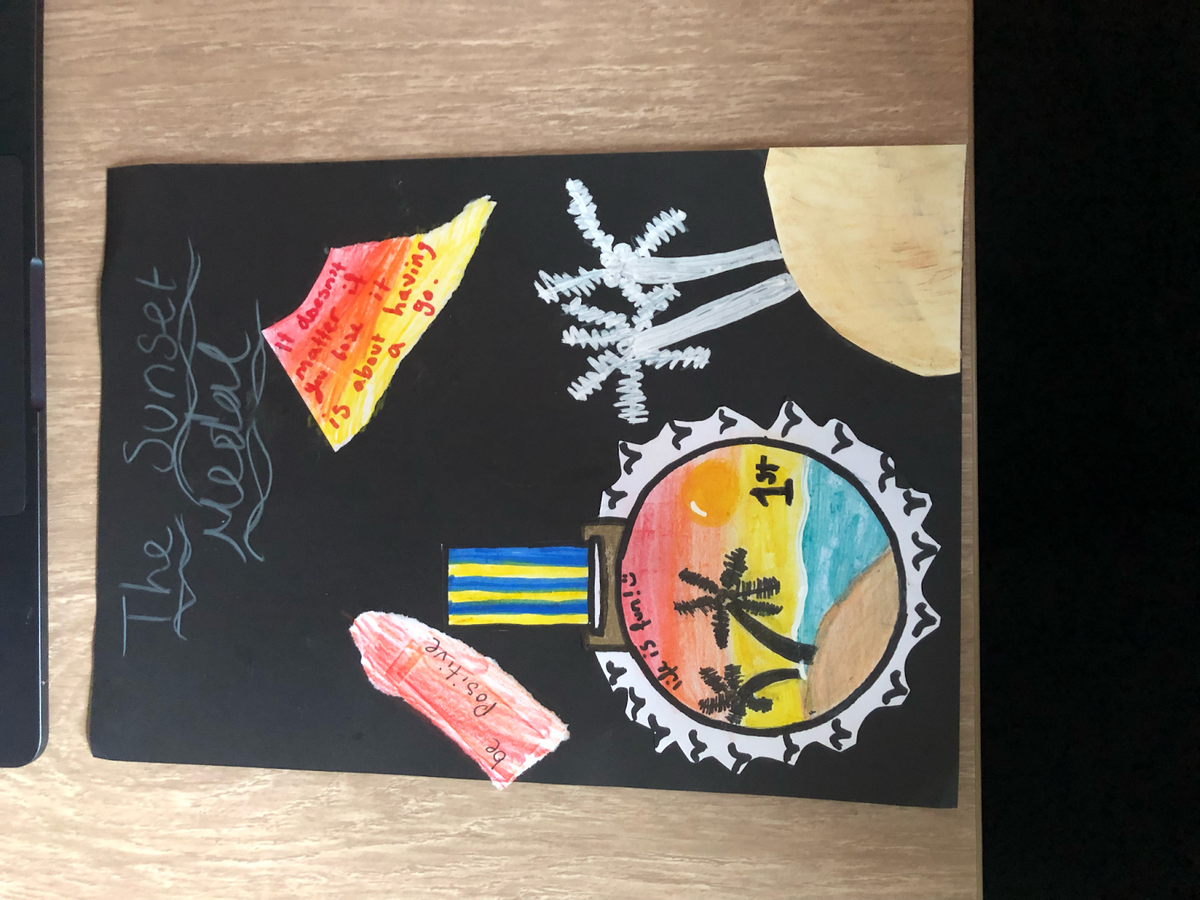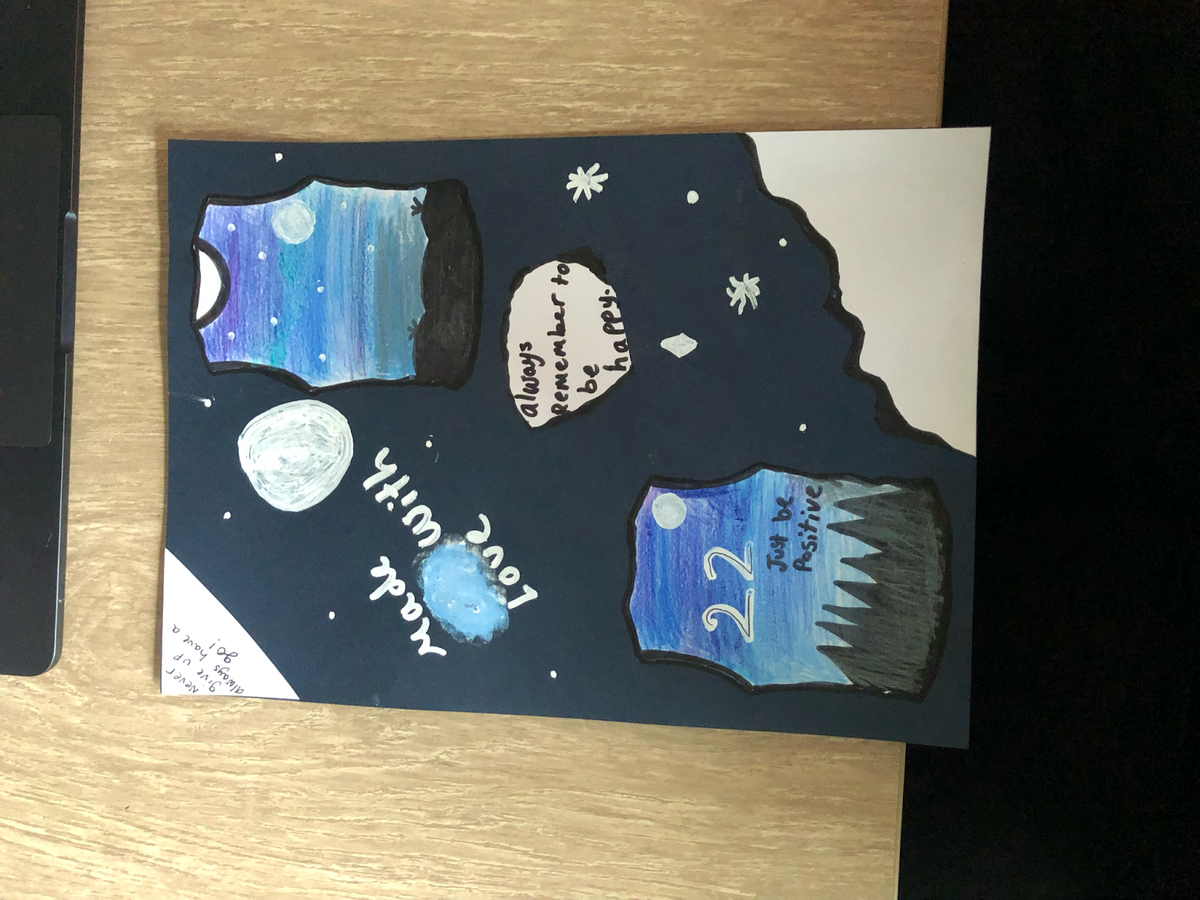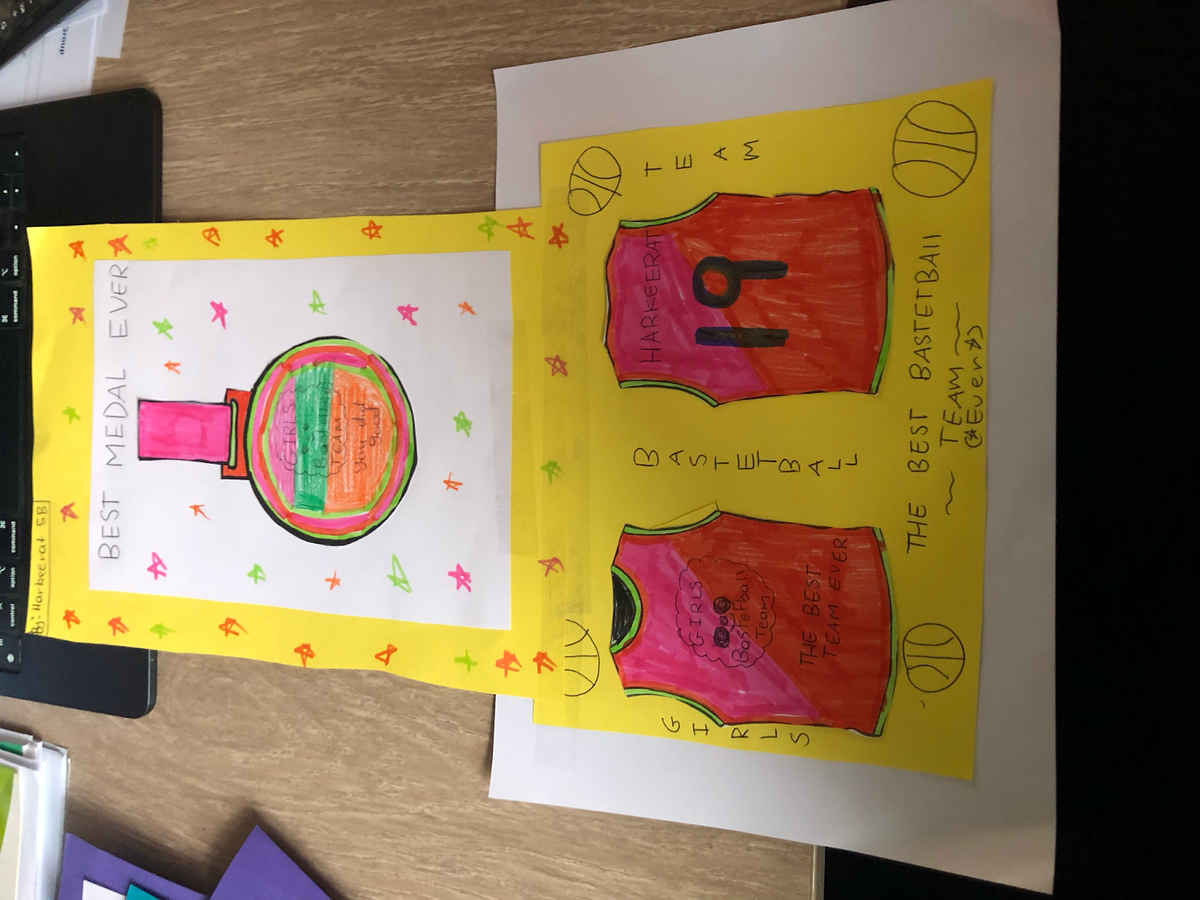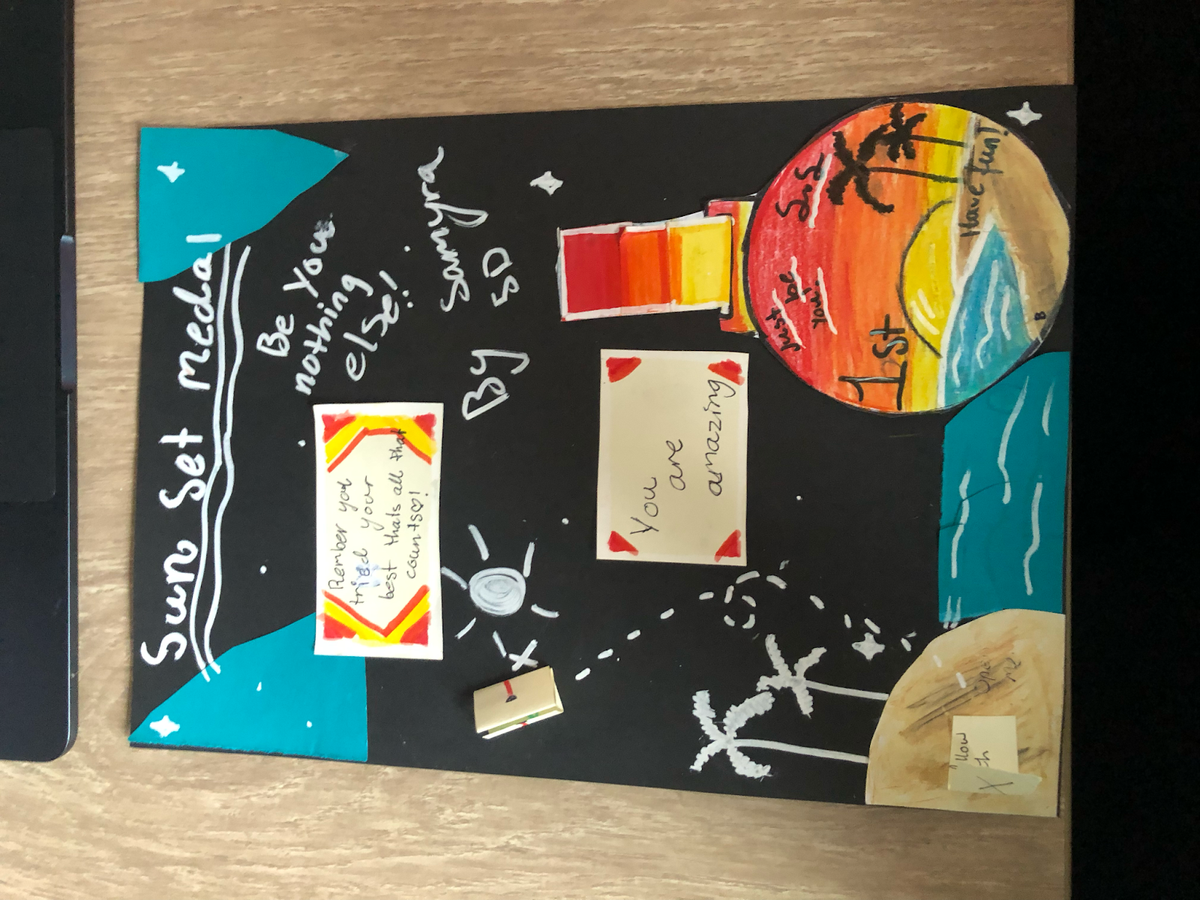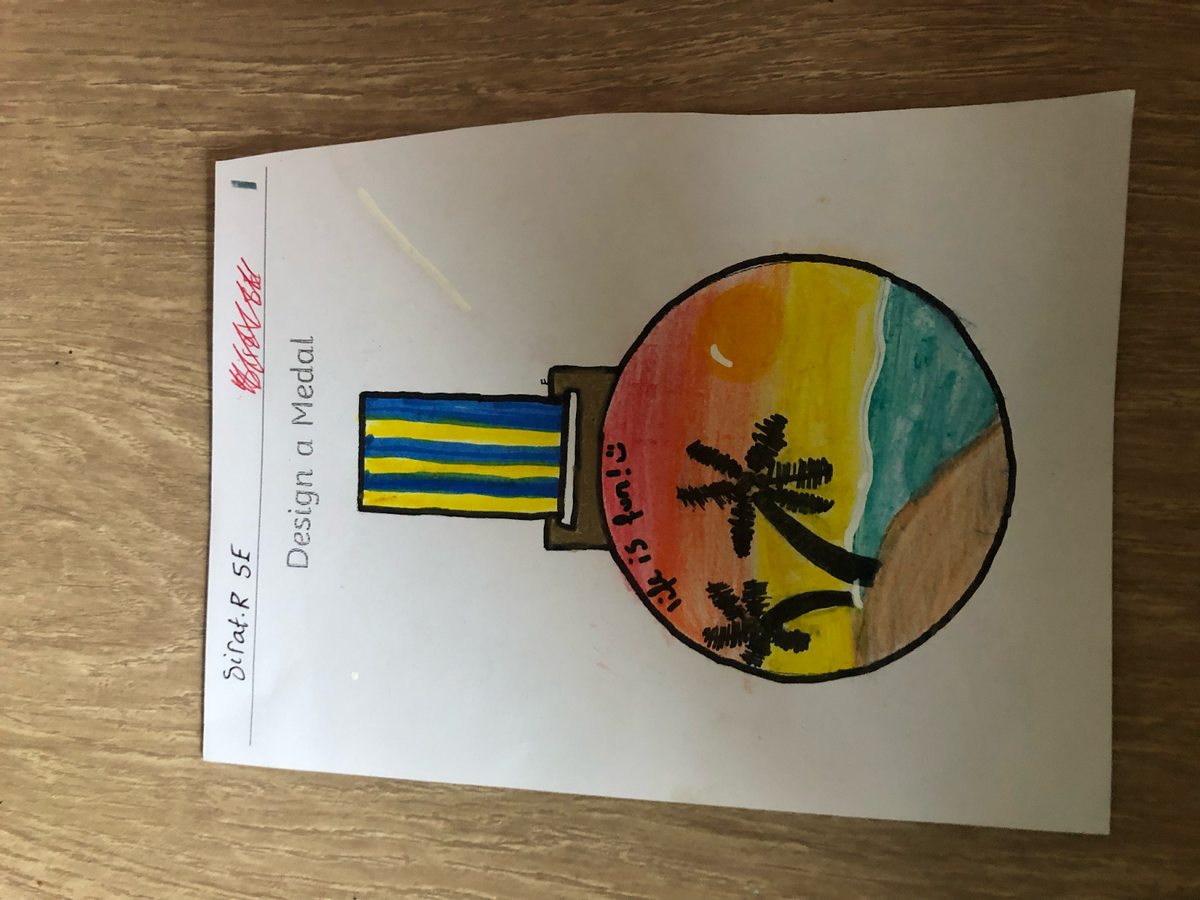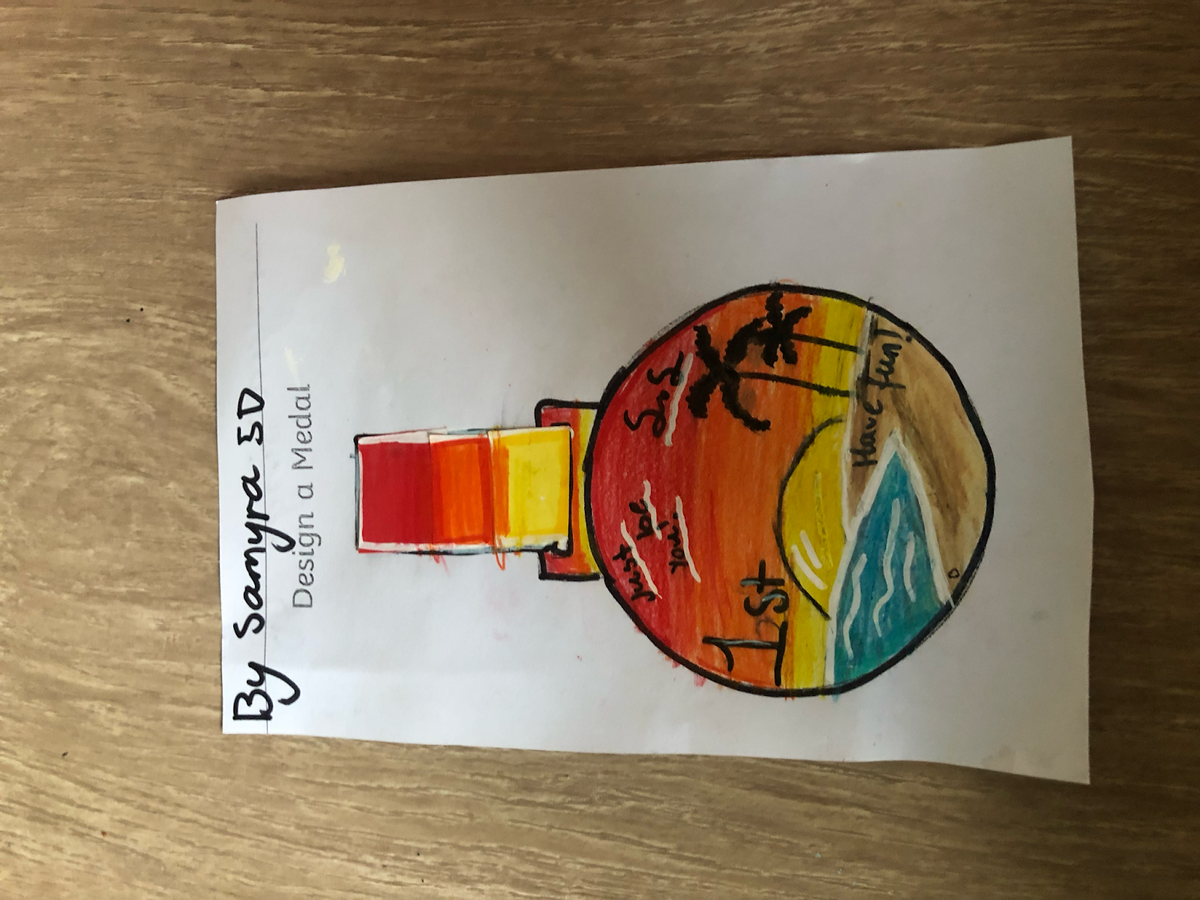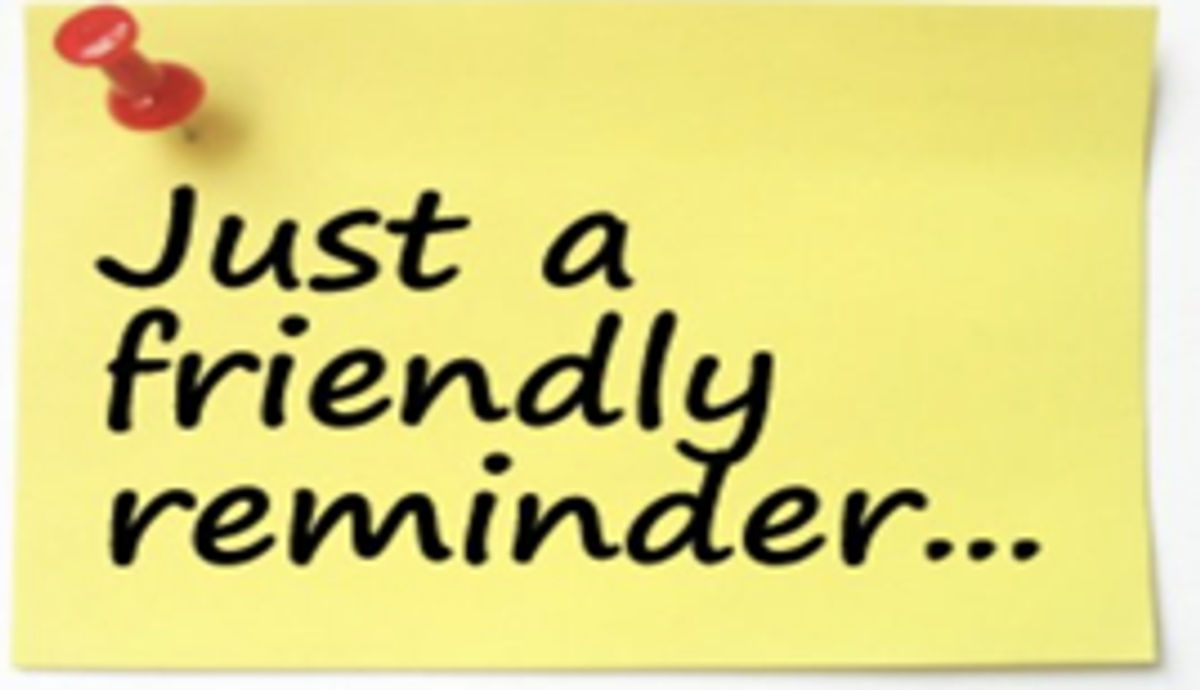Monarch Community Report
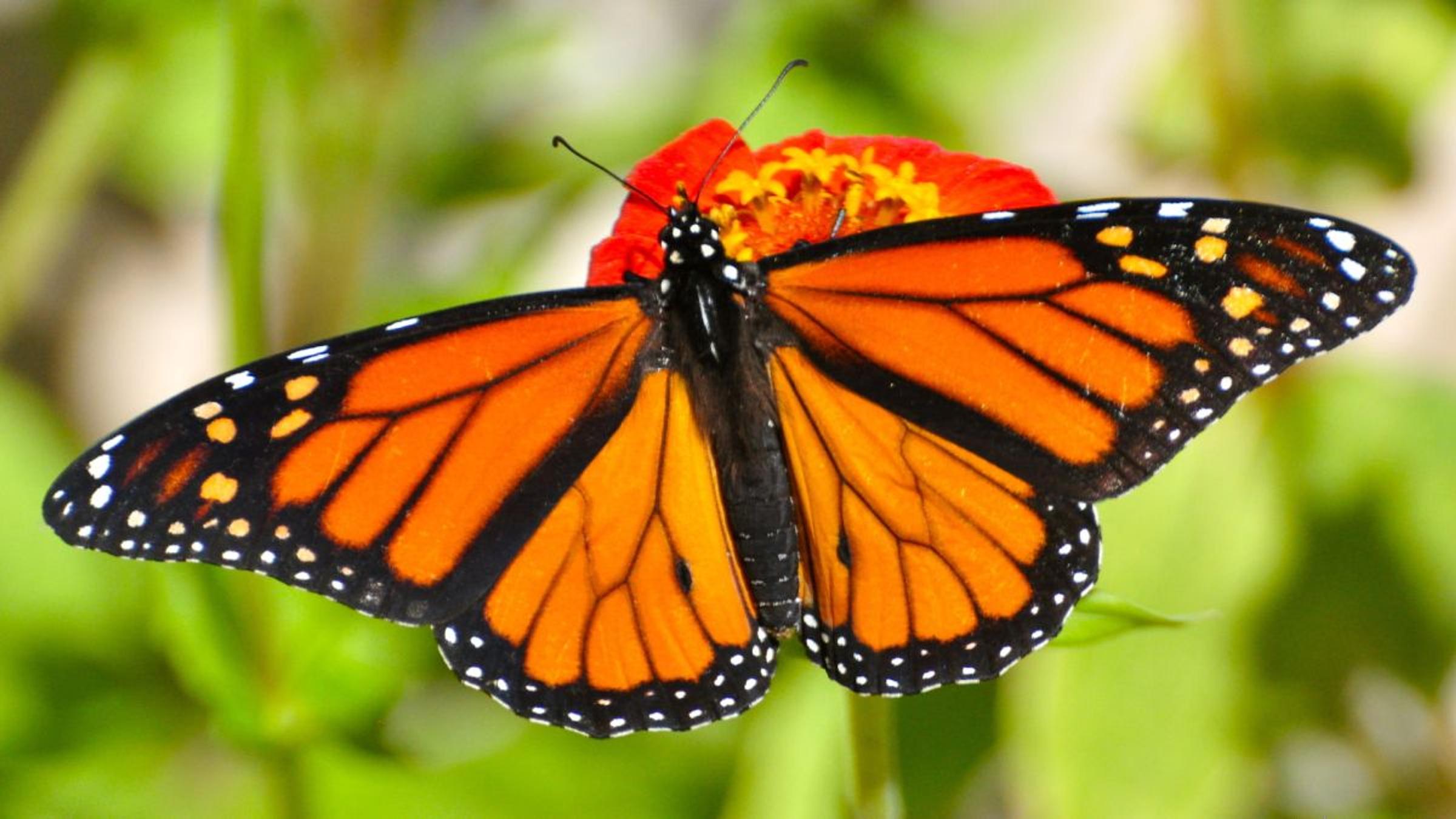
Reading-
When summarising, readers need to remember important information and use it later as information for problem solving and understanding within a text. When a child summarises, they do not remember every word or detail, but they consider and retain the important ideas and information.
Remind your child that a summary is a short telling of what they just read.
- When you get ready to summarise, think about what parts of the story you will tell.
- Think about including enough information to make sense to someone who has not read the story.
- As you tell your summary, make it clear how one event led to another.
- In one sentence (or very few), tell about the most important thing that happened in the story – this is most likely connected to the problem.
- Then in one sentence (or very few), tell the most important events in the middle of the story – connect back to the problem.
- Finally, in one sentence (or very few), tell how the whole story ends up.
Teachers have prompted students to a brief summary by asking the following questions:
- Can you say that in a shorter way?
- How does that event connect to the one you just told me?
- You told me many things that happened in the middle. Which two or three were the most important?
- What’s the most important thing that happened at the end?
Students focused on using the 5Ws and 1H to help them summarise a story or text.
- Who-who is in the story? Who is the story mainly about?
- What-what happens in the story?
- When-when does the story take place?
- Where-where does the story take place?
- Why-why did the story happen?
- How- how does the story end?
Summarising:
Inference
Figurative Language
Whenever you describe something by comparing it with something else, you are using figurative language.
Simile
A simile uses the words “like” or “as” to compare one object or idea with another to suggest they are alike. Example: busy as a bee.
Hyperbole
An exaggeration that is so dramatic that no one would believe the statement is true. Tall tales are hyperboles. Example: He was so hungry, he ate that whole cornfield for lunch, stalks and all.
Alliteration
The repetition of the same initial letter, sound, or group of sounds in a series of words. Alliteration includes tongue twisters. Example: She sells seashells by the seashore. Metaphor
The metaphor states a fact or draws a verbal picture by the use of comparison. A simile would say you are like something; a metaphor is more positive - it says you are something. Example: You are what you eat.
Personification
A figure of speech in which human characteristics are given to an animal or an object. Example: My teddy bear gave me a hug.
Onomatopoeia
The use of a word to describe or imitate a natural sound or the sound made by an object or an action. Example: snap crackle pop.
Oxymoron
An oxymoron is a figure of speech in which a pair of opposite or contradictory terms is used together for emphasis.
Examples: Organized chaos, Same difference.
Students’ examples
NUMERACY
Strand: Number and Algebra.
In grade 5 students expressed natural numbers as products of factors and identified multiples and divisors. They represented common percentages and connected them to their fraction and decimal equivalents. Students use their proficiency with multiplication facts and efficient mental and written calculation strategies to multiply large numbers by one- and two-digit numbers and divide by one-digit numbers.
Inquiry- Economics
The students categorise resources as natural, human or capital. They investigate the resources needed for a school and as a class decide on the most important resource. Students examined the choices which need to be made in a school when allocating these resources. They consider the improvements in production (education) you would expect to see when additional resources are added.
Students compared deficit and surplus, it's like looking at two different situations with resources. Imagine you have a deficit of pocket money, meaning you don't have enough for all the things you want to buy, like toys or snacks. So, you have to decide carefully what's most important to spend your money on, like maybe choosing between buying a toy or getting a snack.
Students had to think about having a surplus of pocket money, where you have more than enough for what you need. It's like having extra money after buying all your favourite things. You might decide to save it for later, share it with friends, or even buy something special that you've been wanting for a while. Therefore, when students compare deficit and surplus, it's about understanding how to manage resources when you don't have enough (deficit) or when you have more than you need (surplus). In both cases, you have to make choices about what to do with what you have, whether it's money, time, or something else.
Students investigated people making decisions to buy things by considering various factors related to natural, human, and capital resources. When it comes to natural resources, individuals may evaluate the availability and sustainability of raw materials used in the production of the item they intend to purchase. They might consider whether the product aligns with their environmental values or if it has been ethically sourced.
Regarding human resources, buyers may assess the skills and expertise involved in creating or providing the product, such as the craftsmanship of artisans or the customer service offered by a company. They may also consider the impact of their purchase on the workers involved in the production chain.
Finally, in terms of capital resources, people evaluate the financial aspect of their decision, considering factors such as the cost of the item, its perceived value, and their budget constraints. They may weigh the benefits of the purchase against its cost and consider alternative uses of their money. Overall, decisions to buy things involve a complex interplay of considerations related to natural, human, and capital resources, as well as personal preferences, values, and circumstances.
Campers
Non Campers - Activities
Friendly Reminders & Important Dates For 2024:
Please remember:
- Thank you to the families who paid for Camp and students who attended camp.
- The local excursion form needs to be completed and handed to your child’s classroom teacher. It is important to have a water bottle each day that is labelled.
- Life Education - 30/7/24-1/8/24.
- Melbourne Zoo Excursion, August 7, 2024 (5E) and August 8, 2024 (5A, 5B, 5D) - permissions slips due by July 24, 2024
- Please ensure your children are attending school as “It is not ok to be away”.
- Students complete 15-20 mins of reading as AHPS homework, and it should be recorded in their school diaries. The diary should be returned to school either daily or weekly for their teacher to sign.
- Brain food is fruit or vegetable snacks that children may eat in class. It is important to include this as an additional snack in their lunch box.
- Students are encouraged to bring gel pens or coloured pens to school, to be used for their reflective journal.
Much appreciated, From the Monarch Community 2024.

